The USA is home to so many incredible national parks and countless opportunities for adventure! Not only are the national parks a great way to connect with nature, but they are also a relatively affordable option for planning vacations and day trips. My husband, Matt, and I love the national parks so much that we took a road trip to visit all of them! So I guess you could say we know a thing or two about planning a national parks trip 😉
In this blog post, I am sharing everything you need to know to plan the perfect national parks trip! Keep reading to find out how to choose a national park, draft your itinerary, where to stay, how to plan hikes, what to pack, and so much more!
This blog post is in partnership with Backcountry.com, my go-to online retailer when gearing up for national park adventures. They offer easy returns, 24/7 advice from their amazing Gearheads, and they support incredible causes like The Nature Conservancy. Backcountry has kindly offered my readers 15% off first-time online orders using code RENEE15! (some exclusions apply)
How To Plan the Perfect National Parks Trip
I gained a lot of knowledge about visiting national parks during my 2017 road trip. My husband and I planned the entire 7-month road trip itinerary ourselves, including the driving route, accommodation, day hikes, backpacking trips, sightseeing, etc. There were so many logistics to consider but overall I think we did a pretty good job! Click here to see the route we took to visit every national park.
In this blog post, I have done my best to keep things as simple as possible to ensure that you have an incredible national parks trip! Please remember to be respectful of nature and other people when visiting national parks, and be sure to follow all travel and safety recommendations. I have also included some covid-specific guidelines, which I suggest you read and consider alongside local regulations for the park(s) you’re visiting.
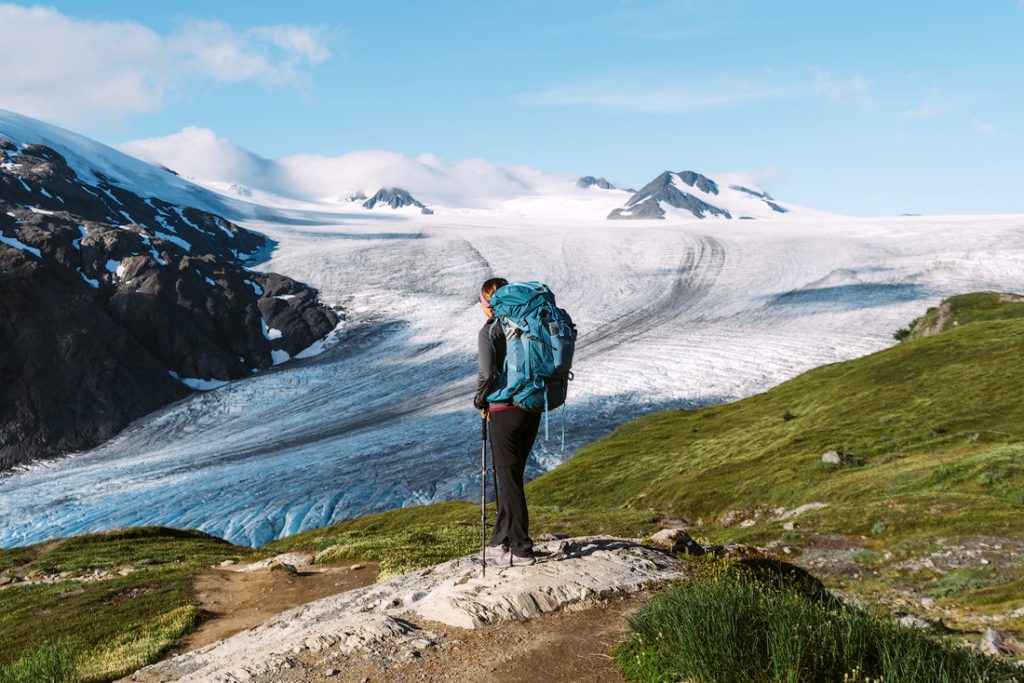
How To Choose A National Park
There are currently 63 national parks in the USA and they all have something special to offer. In my opinion, these are the top questions you need to ask yourself when choosing which national park(s) to visit:
- Are you wanting to drive from home or fly + rent a car locally? Some national parks can be visited with public transport but it’s not an option for all the parks.
- Are you looking to avoid large crowds?
- What is the most important factor for you: scenery, wildlife, hiking, or history?
- Are you traveling on a budget or happy to splurge?
- What time of year/type of weather are you planning for?
Ok, let’s address each of these topics and help you find an amazing national park to visit!
Read next: 15 Most Underrated National Parks in America
Choosing A National Park: Local vs Far Away
This one is fairly self-explanatory. If you want to travel to a local national park then I would recommend Googling “national parks in [insert your state]” and choosing one of those! Staying local will save you money on airfares and car rental and could also result in more bang for your buck when it comes to taking vacation days.
Choosing A National Park: Popular vs Less Crowded
I know a lot of people are turned off by large crowds and I agree that it can take away from the enjoyment of a park visit. This is a list of the most visited national parks and I would suggest you avoid visiting them if you absolutely do not want a crowded experience. In saying that, these parks can be accessed during less busy times, e.g. shoulder or off-season. If you’re looking for a more peaceful national parks visit then I would suggest considering these parks that we found were the least crowded.
Read next: Exactly How To Avoid Crowds in National Parks
Choosing A National Park: Types Of Scenery
Not everyone wants to see the same things in our national parks. I find that the most popular requests for national park visits are to experience the scenery, see the wildlife, go hiking, and/or to take in the park’s history. I personally love a good mix of all of those! Here are some of my top recommendations for each:
- All-rounders: Grand Teton, Yosemite, Great Smoky Mountains, Rocky Mountain, Glacier
- Scenery: Zion, Grand Canyon, Mount Rainier, Death Valley, Badlands, Lake Clark, Olympic
- Wildlife: Yellowstone, Katmai, Everglades, Denali, Biscayne (underwater)
- Hiking: North Cascades, Gates of the Arctic, Shenandoah, Kings Canyon
- Natural history: Petrified Forest, Carlsbad Caverns, Crater Lake, Lassen Volcanic
- Human history: Mesa Verde, Hot Springs, Gateway Arch, Cuyahoga Valley
Read next: America’s National Parks Ranked Best To Worst
Choosing A National Park: Budget vs Luxury Travel
In my experience the most expensive parks to travel to are those in Alaska, Virgin Islands, and American Samoa. The main reason they are so expensive is due to the increased plane travel and limited options for lodging. Pretty much every other national park can be visited on a budget if you camp, bring your own food, and take self-guided activities.
Choosing A National Park: Time Of Year and Weather
Weather and conditions vary greatly between all the US national parks. Here are my top selects for each time of year and type of weather:
- Tropical: Haleakala, Hawaii Volcanoes, Dry Tortugas, Virgin Islands, American Samoa
- Spring: Yosemite, Grand Canyon, Yellowstone, Arches, Capitol Reef, Joshua Tree. Read my guide on the 9 best national parks to visit in spring.
- Summer: Mount Rainier, North Cascades, Glacier, all the Alaskan parks
- Autumn: Great Smoky Mountains, Acadia, Zion, Shenandoah, Grand Teton. Read my guide on the 12 best national parks to visit in fall.
- Winter: Death Valley, Big Bend, Bryce Canyon, Redwood, Everglades. Read my guide on the 12 best national parks to visit in winter.
FYI – I put together a checklist of all the national parks, so you can mark each off as you visit them! It’s free to download via my travel resource library! Click the image below.
When To Start Planning A National Parks Trip
It can be tricky to know when to start planning a national parks trip. Planning further out allows for in-depth research and ample time to request vacation days, book campsites, etc. But it can also mean less flexibility when it comes to weather and park conditions.
My advice is to plan as far out as possible for visits to the most popular parks, especially if you plan to stay in a national park campground. Parks like Yosemite, Zion, Grand Canyon, Great Smoky Mountains, Glacier, Yellowstone, Denali, Rocky Mountain, and Acadia often book out months in advance when it comes to camping and nearby accommodation.
If you plan to stay outside of the national park or are opting for a first-come-first-served camping spot, then you are probably best to keep an eye on the weather and plan your trip more last minute.
Research Your Chosen National Park(s)
Look up accommodation availability, whether or not you need to reserve shuttles/transportation or permits ahead of time, weather conditions per month, and what the busy vs quiet times to visit are. That way you can make an informed decision on whether you need to plan months ahead of time or if you can leave it to the last minute.
Read next: Ultimate Guide To Visiting Zion National Park
Planning Your National Parks Itinerary
For your national parks trip itinerary, I recommend that you put together a Google Sheet or Excel document to help with planning. Some useful columns to include are the date, day of the week, starting location, ending location, accommodation, and activities. You can be as specific as you want! See an example below:

There are a few ways you can find the best things to do, top places to stay, and where to eat in each national park. I suggest referring to the National Park Service website, FindYourPark.com, Pinterest, Instagram, and blog posts. Click here to explore all my national park guides! You can also call ahead to a Visitor Center or ranger station and inquire about current conditions.
Read next: Ultimate Guide To Visiting Mount Rainier National Park
Make A National Parks Trip Map
I find it really helpful to put together a trip map via Google Maps. They have a feature called My Maps that allows you to create your own maps like the Oregon road trip example you can see below. I like to create headings for each day and then pin things like destinations, activities, places to eat, etc. You can even get fancy change the colors and icon types!
You can find My Maps by going to www.google.com/mymaps. From there you need to log into your Google account before you start making personalized maps.
Want to see the route we took to visit all the national parks? Click here for a large version of the map, or check out my in-depth guide on the itinerary.
Getting To The National Parks
The next step in planning a national parks visit is knowing how you will arrive at your chosen park(s).
This will depend on a few factors:
If you are on a strict budget then usually the best option is visiting national parks closer to your home and driving there in your own car. This will save you the cost of flying and renting a car, plus you will be able to pack the gear need for more budget accommodations like camping.
In saying that, some national parks are literally in the middle of nowhere and could also be across the other side of the country! Consider using Google Flights, Skyscanner, and Scott’s Cheap Flights to look out for low-cost flights within your preferred travel dates.
If you plan to fly into an airport close to a national park and rent a car, keep in mind that some rental car companies don’t allow you to drive on dirt roads. Be sure to research your destination and rental car adequately to avoid any surprises when you get there.
Read next: Ultimate Yellowstone National Park Guide and Itinerary
Where To Stay During Your National Parks Trip
Next to consider when visiting national parks is where you will stay. Accommodation options vary for each national park, but in general you can find a mix of options both inside and outside the park. Here is some helpful information to help you choose where to stay:
Where To Stay: Hotels and Lodges
Many national parks have beautiful historic lodges, which are 100% worth the stay if you have the money. Some of my favorites have been Yellowstone’s Old Faithful Inn and Mount Rainier’s Paradise Inn. You’ll usually find some more affordable hotel options just outside the entrances to national parks, though that does mean more time spent driving.
Where To Stay: Vacation Rentals
Some national parks have some really amazing vacation rentals close by. Some examples are Joshua Tree (so many amazing Airbnb’s to choose from), Yosemite, Rocky Mountain, and Great Smoky Mountains.
Where To Stay: Glamping
There are a handful of national parks that have close-by glamping options. I have personally stayed at Under Canvas Moab (close to Arches and Canyonlands) and I have heard their other locations are just as amazing (Yellowstone, Zion, Grand Canyon, Glacier, Great Smoky Mountains).
Where To Stay: Car Camping
Nearly every national park has at least one designated campground. These can vary in terms of their facilities, but in general, they have toilets and running water. Some park campgrounds have RV hook-up, picnic tables, general stores, and firewood for sale. Bookings can be made via recreation.gov, though some are first-come-first-served. There are also often privately owned campgrounds just outside the national park entrances.
Tip – if you want to travel on a budget then definitely read my in-depth guide on how to sleep in your car on road trips.
Where To Stay: Free Public Lands
There are public lands all over the US that allow for free dispersed camping, and many of these spots are close to national parks. These free camping locations are often on Bureau of Land Management (BLM) and United States Forest Service (USFS) land. I have an entire guide on how to find free campsites in the US and I highly recommend checking it out if you’re traveling on a budget.
Where To Stay: Backcountry Camping
Lastly, there is the option to backcountry camp within most national parks. You usually need a backcountry camping permit to do this, so be sure to research the regulations before heading out. Check out my beginners guide to backcountry camping if you need some pointers!
Read next: Eco Friendly Hygiene Tips For Hikers and Campers
Visiting National Parks During The COVID-19 Pandemic
There are a few extra considerations when planning national park trips during the COVID-19 pandemic. Most importantly, follow all guidelines from the federal and state governments and research local and park recommendations before traveling. These are my top tips for visiting national parks during the pandemic:
Research even more than you usually would.
This is not the time to take spur-of-the-moment road trips without thoughtful consideration. Every park clearly states its current closures and health warnings on nps.gov.
Be prepared for closures.
Many parks have some facilities closed or limited. These can be visitor centers, campgrounds, picnic areas, restaurants, general stores, and even restrooms. This means you will need to come prepared with your own food, water, itinerary, and emergency supplies.
Wear a mask for your safety and to protect others.
The NPS website states: “Visitors are required to wear face masks in federal buildings including visitor centers, historic structures, and museums. When outdoors, face masks are required on NPS-administered lands when physical distance cannot be maintained“. Make sure to pull your mask up when passing by other hikers on the trail, it’s an easy thing to do and shows respect for others. Click here for guidance on how to wear a mask correctly.
Pack hygiene essentials
Like hand sanitizer, extra masks, disinfectant wipes, paper towels, water, and soap.
Stay home if you are sick.
Choose another time to visit a park if you’re experiencing COVID-like symptoms such as a dry cough, fever, difficulty breathing, and/or loss of taste or smell. Stay home if you have had close contact with someone with suspected or confirmed COVID-19 in the last 14 days. Lastly, do not visit a national park if you are self-isolating or self-quarantining because you may have been exposed to a person with COVID-19 or are worried that you may be sick with COVID-19.
The National Park Service has a resource on how to recreate responsibly during the COVID-19 pandemic. GIve it a read and forward it to anyone else you may be recreating with.
How To Make National Park Reservations
Some national park lodging, activities and hikes do require reservations ahead of time. Each park varies so be sure to spend time adequately researching your destination. In saying that, here are some general rules:
Read next: How To Get Over Your Fears Of First Time Backcountry Camping
Buy A National Parks Annual Pass
I cannot stress this enough… if you plan to visit multiple national parks in one calendar year – buy an annual parks pass! The America The Beautiful Pass is a one-time fee of $80 and it allows for unlimited entry into Federally operated recreation sites across the United States. The pass covered both the owner and up to three accompanying adults aged 16 years and older. Children 15 and under are free.
Not only will it save you money in the long run to buy an annual pass, but 100% of the proceeds will go back to improving the national park system’s facilities and services. Keep in mind that there are also other types of park passes, including Senior Passes, Annual 4th Grade Pass, Access Pass, and a Volunteer Pass.
Where You Can Use An Annual Parks Pass
There are over 2,000 recreation areas that are covered on this annual parks pass, not just the 62 National Parks! These are the sites that accept America the Beautiful Passes:
- Bureau of Land Management
- Bureau of Reclamation
- Fish and Wildlife Service
- USDA Forest Service
- National Park Service
- US Army Corps of Engineers
Where To Buy An Annual Parks Pass
- Passes may be obtained at hundreds of locations throughout the country, including many Federal recreation sites where they are accepted. See Site Locations that issue the Annual Pass.
- Annual Passes may also be obtained through USGS (888-275-8747, option 2), or http://store.usgs.gov/pass (note that passes ordered from USGS ship within 3-5 business days).
Read next: 12 Best National Parks To Visit In Fall
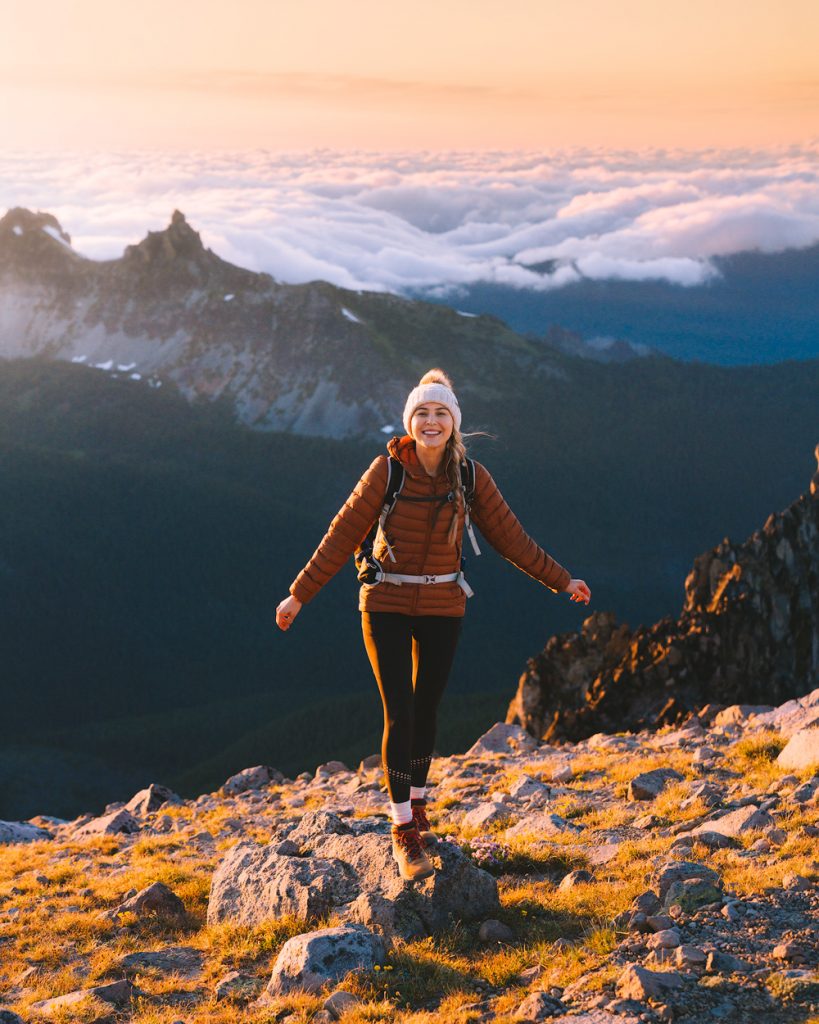
Make The Most Of Your National Parks Visit
In my experience, there are a few things you can do to make the absolute most out of your national parks visit. Some of these you can factor in when planning a national parks trip and some are more relevant when you arrive in the park.
Drop in to one of the park’s visitor centers and have a look around. Most visitor centers have educational information on the park, often a short film, and a chance to chat with a park ranger. I really enjoy taking the time to learn about the park through these free resources.
Chat with a ranger during your visit.
Ask if there is anything you should know about current park conditions or events. Maybe they will even be happy to share some of their favorite spots in the park. Always be polite and respectful of their time.
Another way to make the most out of your national park trip is to visit nearby areas outside of the park boundaries. Some of the most beautiful places in the country are just outside the national parks in designated wilderness areas, national forests, state parks, etc. Take the time to research what is nearby to the places you are visiting… you may be pleasantly surprised!
Read next: Ultimate Beginners Guide To Hiking
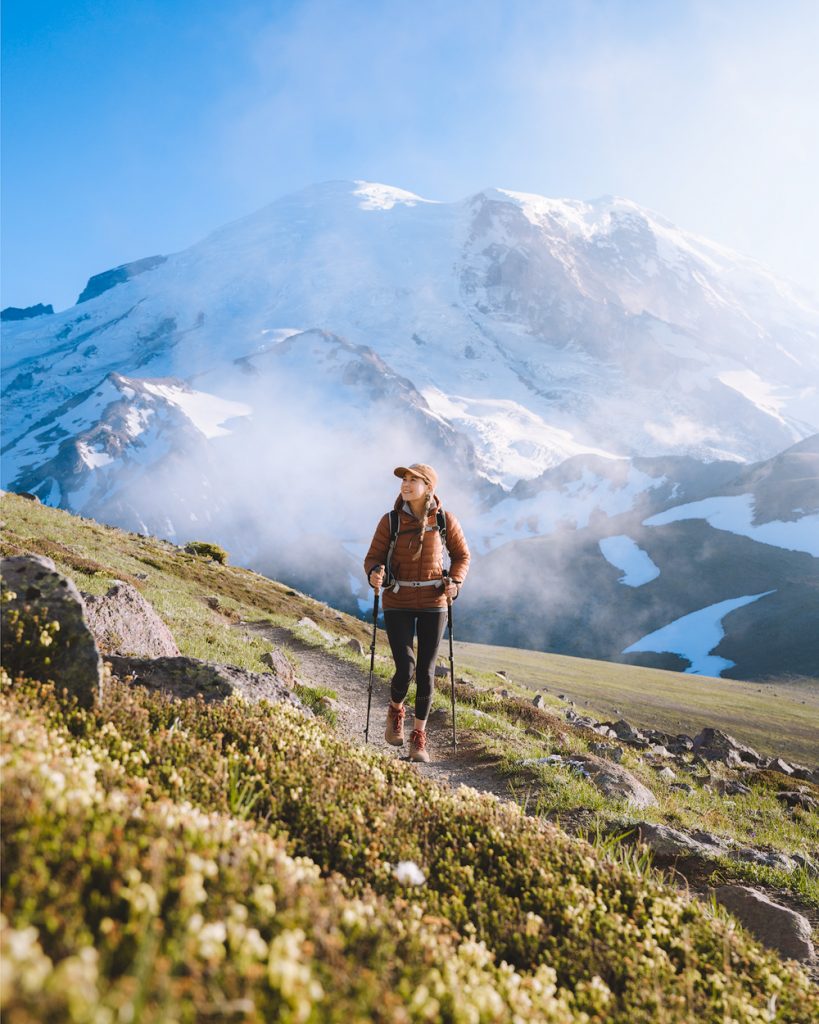
How To Plan National Park Hikes
Every US national park has at least one hiking trail or scenic walk. These are often the most beautiful parts of the park and should definitely be explored if it is within your capabilities.
Top tips for planning national park hikes:
Read next: What To Wear Hiking As A Woman
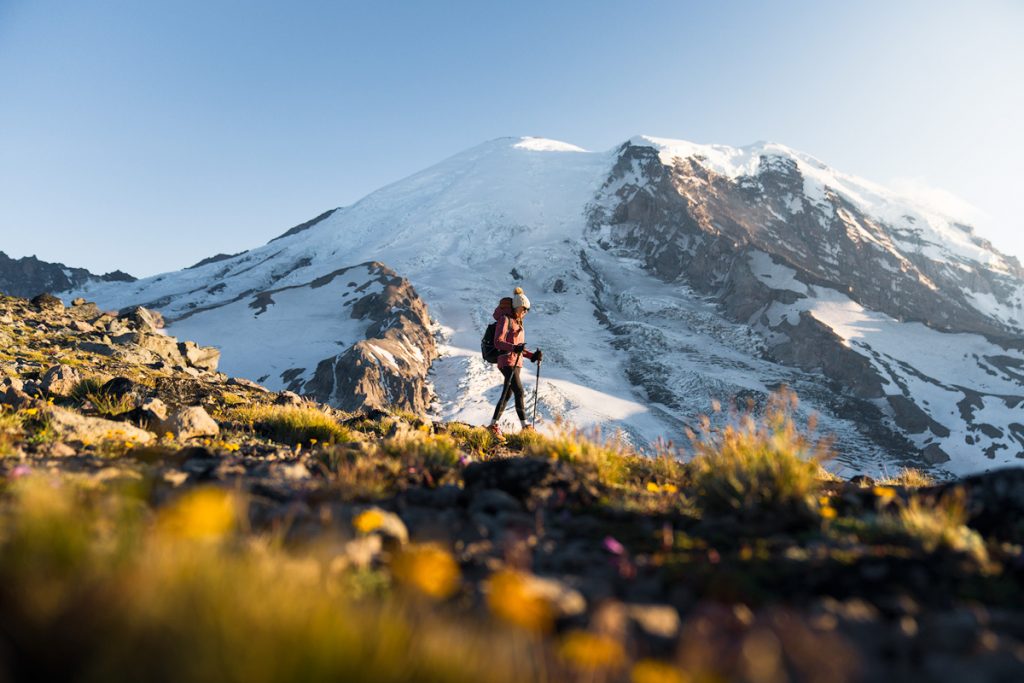
National Park Hiking Trail Etiquette
When visiting national parks it’s important to demonstrate appropriate hiking etiquette.
Hiking etiquette guidelines you should know and follow:
- Unless signed otherwise, give way to hikers coming uphill and always yield to horses and other pack stock.
- Say a friendly “hello” to other hikers so that they know you are approaching (and to create a welcoming atmosphere on the trail).
- Don’t speak loudly on the phone, repeatedly shout to your friends, or play music out loud on the trail (no speakers please!) Be respectful of other hikers and wildlife by keeping noise to a minimum. Many wildlife species rely on natural sounds for communication purposes, and disrupting those sounds can hurt their chances of survival.
- Stay on the trail unless it’s absolutely necessary when yielding. Going off-trail can damage plant or animal species and hurt the trail’s ecosystems.
- Always practice Leave No Trace principles (more on that below): leave rocks, vegetation, and artifacts where you find them for others to enjoy.
- Give wildlife space by keeping an appropriate distance and not abruptly startling them. NEVER feed wild animals.
Some national parks have specific etiquette related to their environment, so be sure to read signs and follow local recommendations.
Read next: How To Follow Leave No Trace Principles
What To Pack For A National Parks Trip
Another important aspect to planning a national parks trip is knowing what to pack. In my experience it is best to go as prepared as possible when visiting the national parks. Some parks do have general stores but prices are usually very expensive and you often won’t be able to find specialty items.
I will break down my packing recommendation per category: essentials, hiking, car camping, backcountry camping.
Don’t forget that you can use code RENEE15 to get 15% off your first Backcountry.com order! (some exclusions apply)
National Park Packing Essentials
The below items are general things I believe most visitors require no matter what national park they are visiting. Use it as a guide and make adjustments based on where and when you are traveling.
Hiking Packing List
It seems that the majority of national park visitors are interested in hiking. The below items are a good starting point for what to wear and pack. I would recommend you check out these guides I created for more in-depth information: Beginners Hiking Tips, What To Wear Hiking, Best Hiking Shoes for Women and Men. I also have a Guide to Winter Hiking if you are visiting the parks during colder seasons.
The National Park Service has this handy guide to packing the 10 essentials for safe hiking in the national parks.
Read next: Ultimate Beginners Guide to Hiking
Car Camping Packing List
If you plan to car camp within the national park or nearby then the below items are some things to consider. What I mean by “car camp” is a drive-up camping spot (usually in a campground) where you either sleep in your vehicle or set up a tent. I also have an in-depth car camping essentials packing list if you want to check that out, and an article all about how to find free campsites.
Read next: Car Camping Essentials Packing List
Backpacking Packing List
New to backcountry camping? I would highly recommend you check out the following guides:
- Beginners Guide to Backcountry Camping
- How To Get Over Your Fears of First Time Backcountry Camping
- How To Get a Good Nights Sleep in the Backcountry
- Eco-Friendly Outdoor Hygiene Tips for Hikers and Campers
You will find everything listed below in a printable checklist in my free resource library.
Be sure to keep in mind that every backpacking trip will be different, so use this as a guide and make adjustments according to your climate, length of trip, etc.
Read next: Beginners Guide to Backcountry Camping
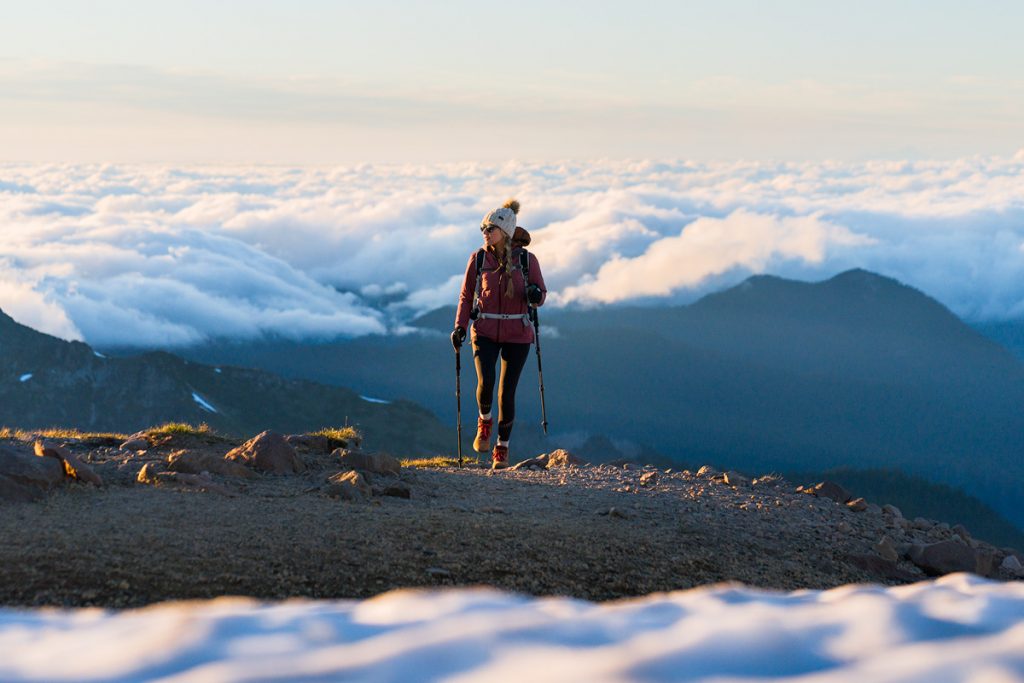
Tips For Avoiding National Park Crowds
The US national parks can definitely get crowded, especially during summer and public holidays. These are my top tips for avoiding crowds and having a more peaceful national parks visit:
Read next: Exactly How To Avoid Crowds In National Parks
Can You Take Pets To National Parks?
This is a common question to ask when planning a national parks trip. Each national park has its own rules when it comes to pets. You can check on NPS.gov (select your park > plan your visit > basic information > pets) or call ahead and ask a ranger. In my experience, most national parks do not allow pets on trails but do often allow them in rest areas. Remember to always follow park regulations, keep your pet leashed, and clean up after them. And please do not leave animals in cars on hot days!
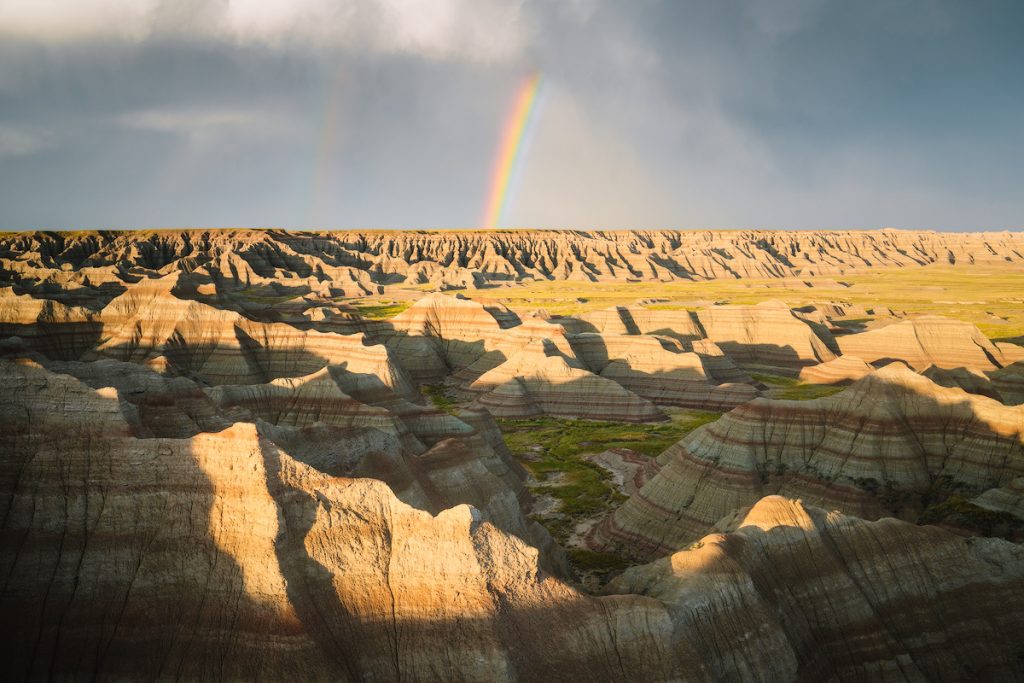
Always Follow Leave No Trace Principles
It’s important that you follow Leave No Trace principles when visiting national parks, and anytime you are out in nature. Please be sure to educate yourself before heading out. Find out more information via the Leave No Trace Center for Outdoor Ethics, the National Park Service, or by reading my in-depth blog post on How To Leave No Trace.
Read next: How To Follow Leave No Trace Principles
PIN To Read Later
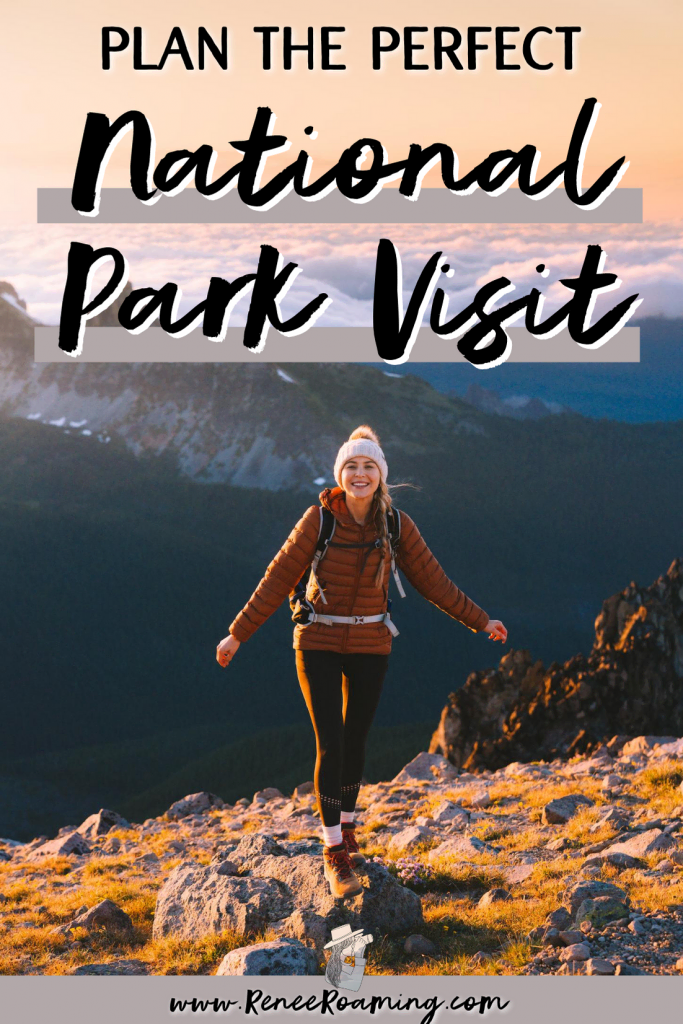
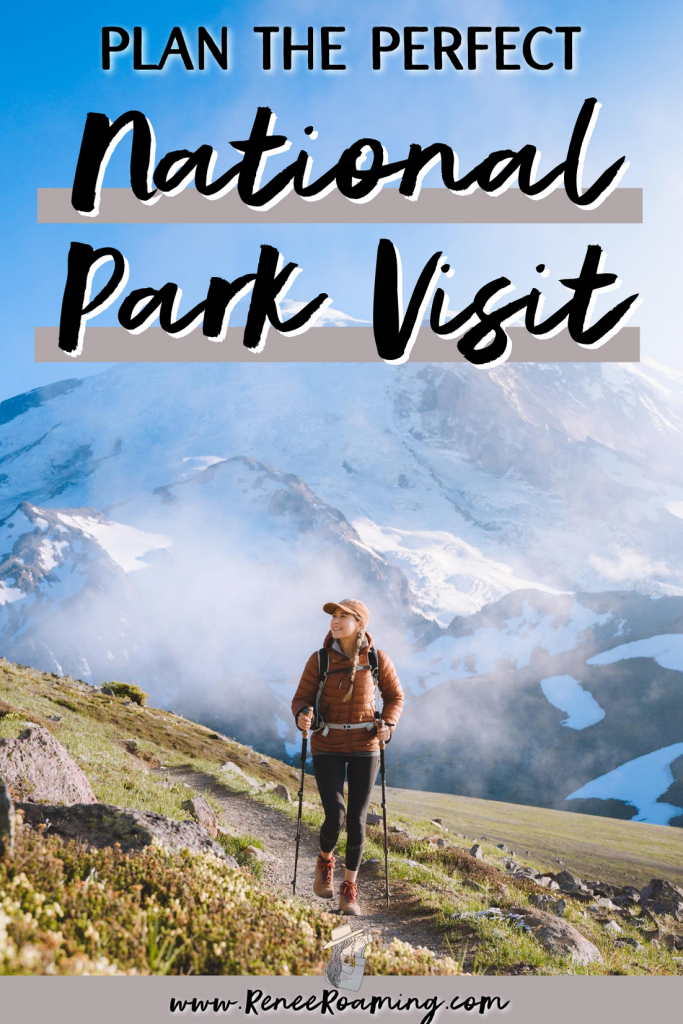
Disclaimer: Thank you to Backcountry for collaborating on this blog post about on how to plan a national parks trip. The offer of 15% off does not apply on top of any other offer or discount, and it’s one use per customer. As always, all opinions are my own. This post does contain some affiliate links, which means if you buy something my blog will receive a small commission at no extra cost to you.
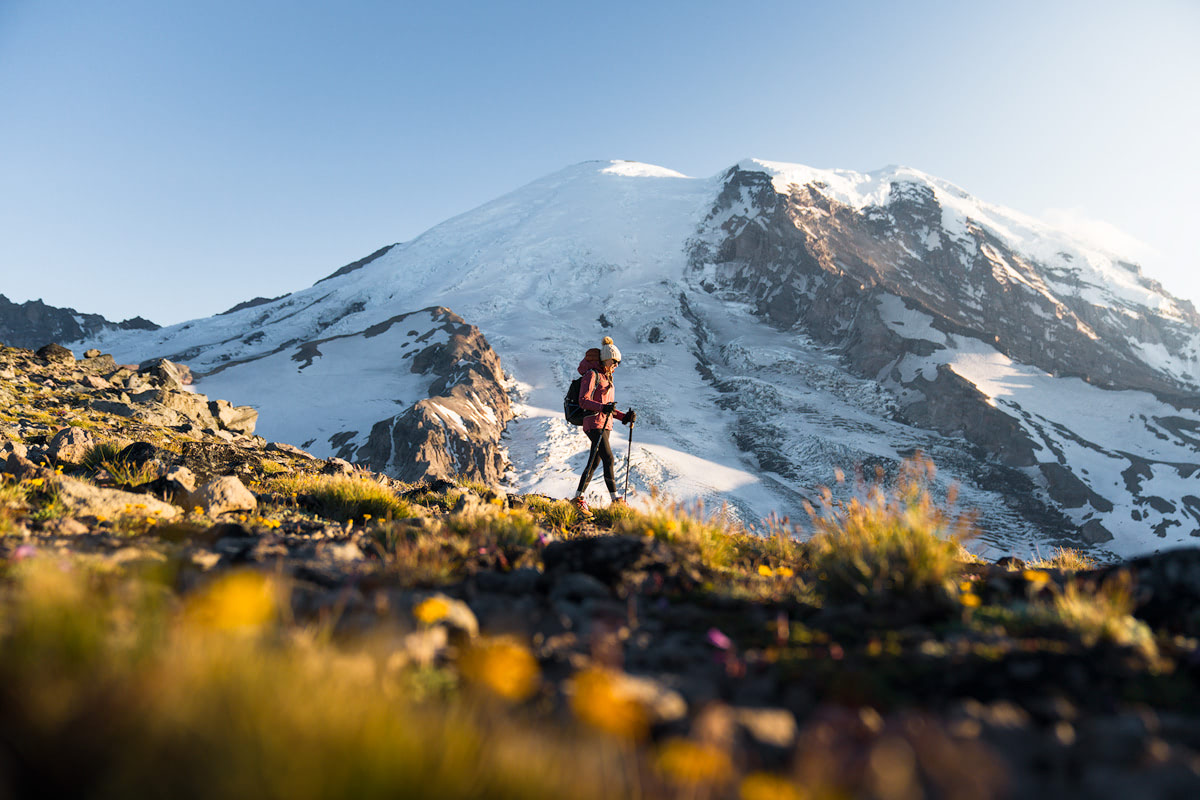
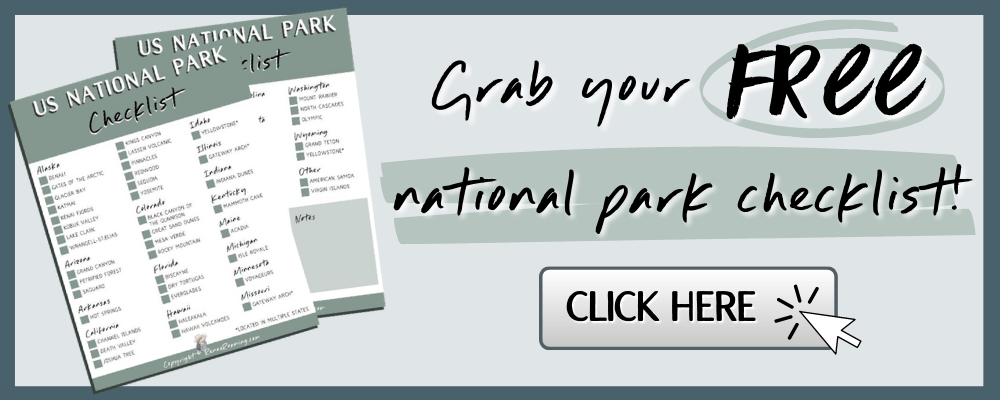


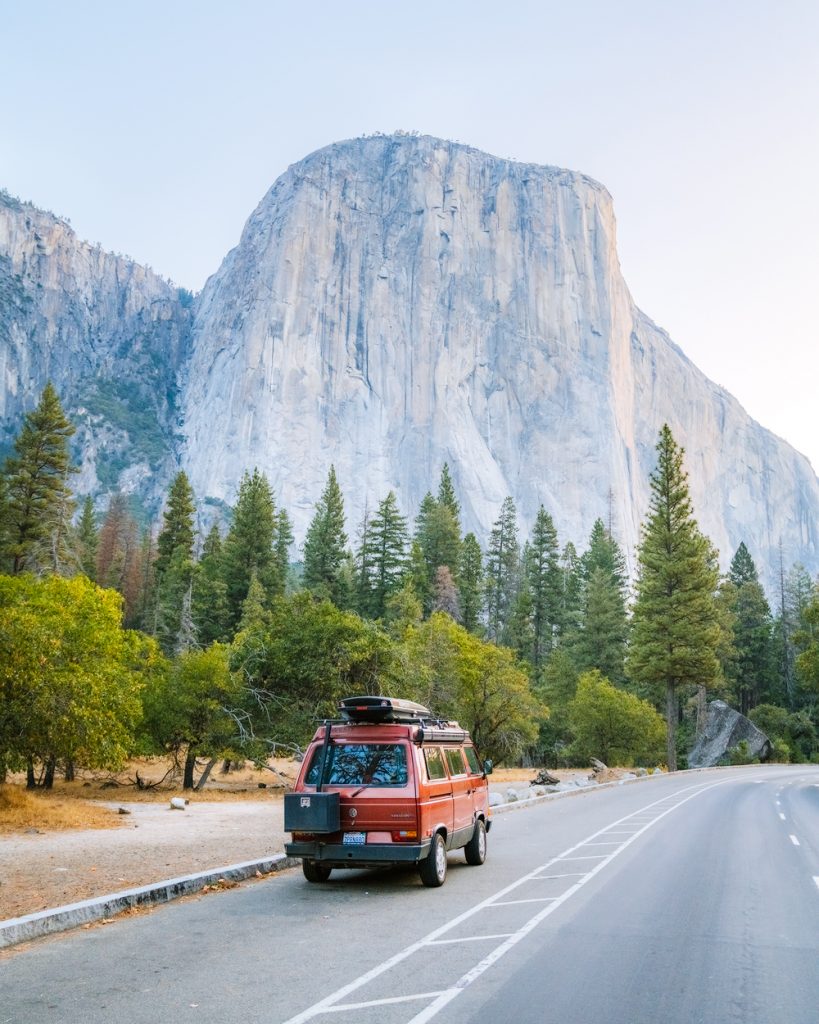
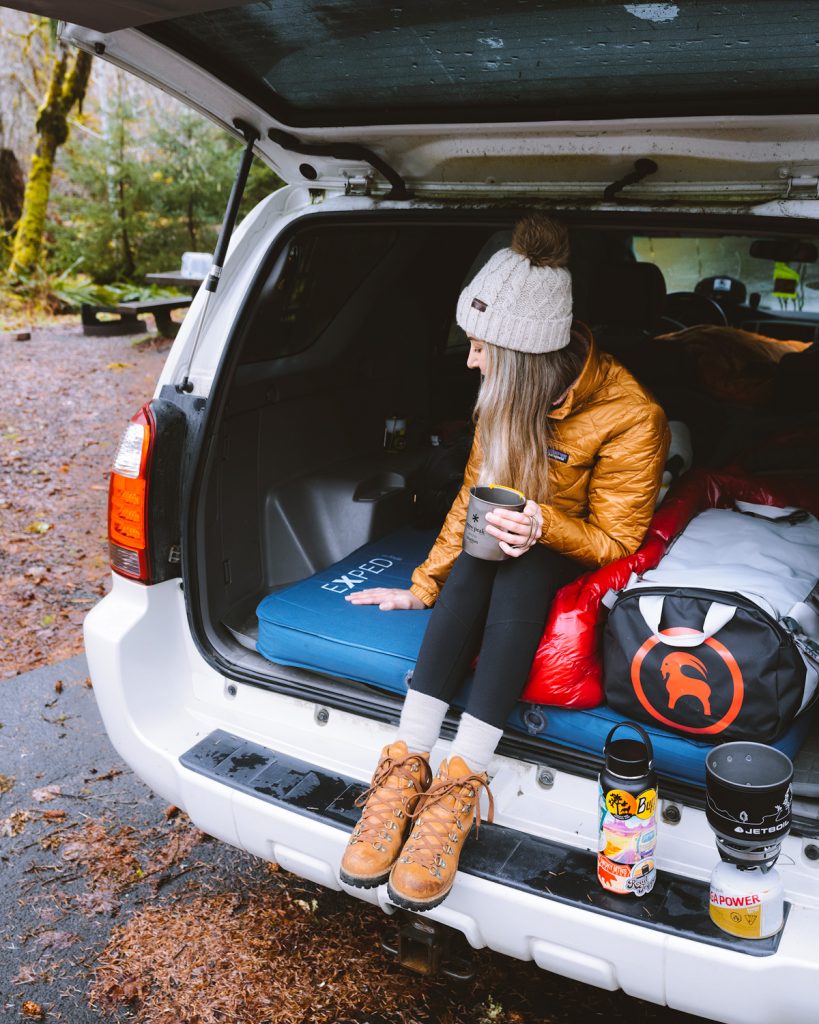
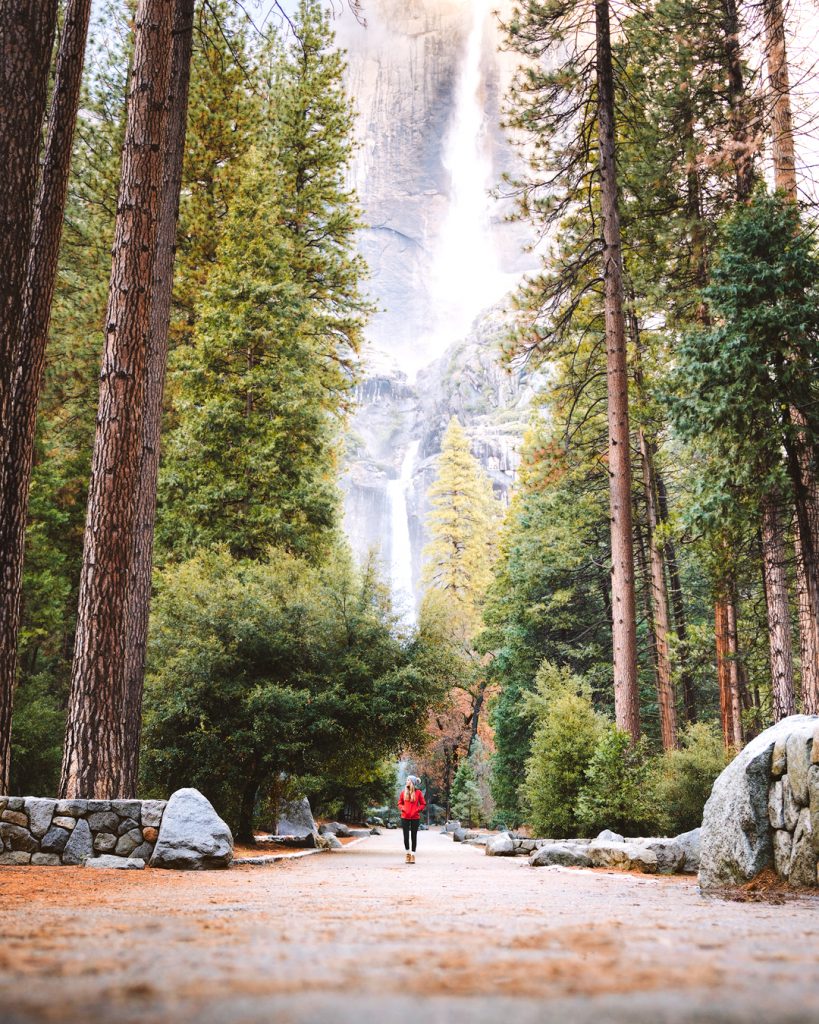
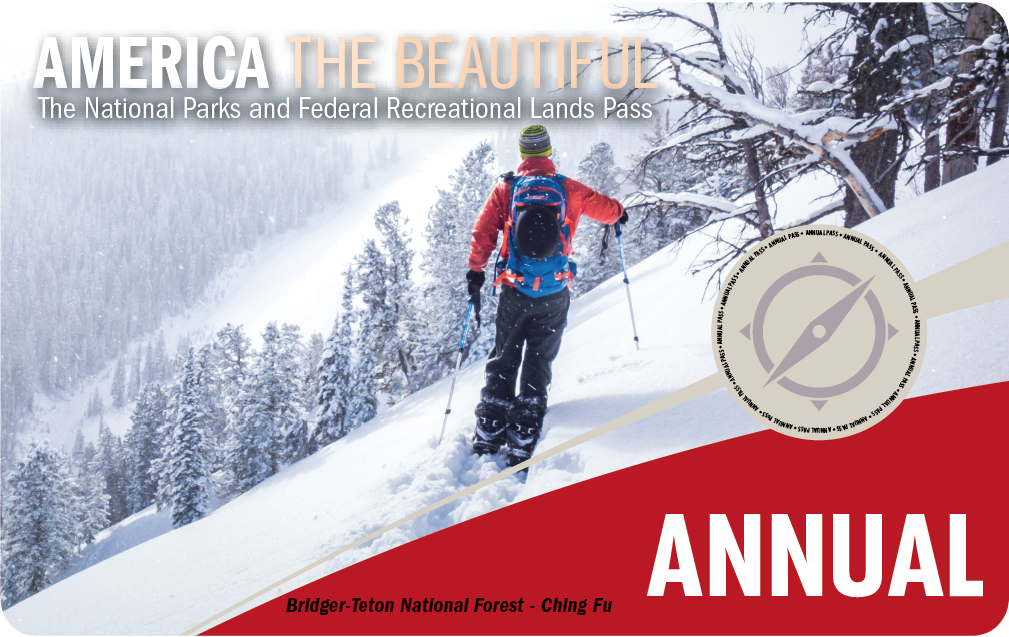
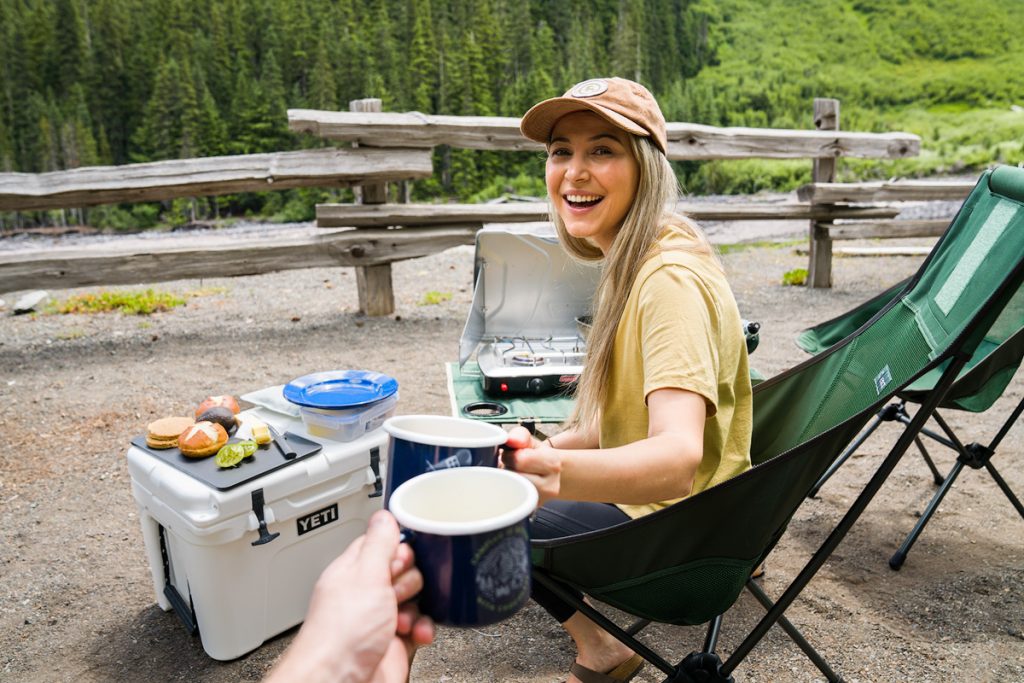
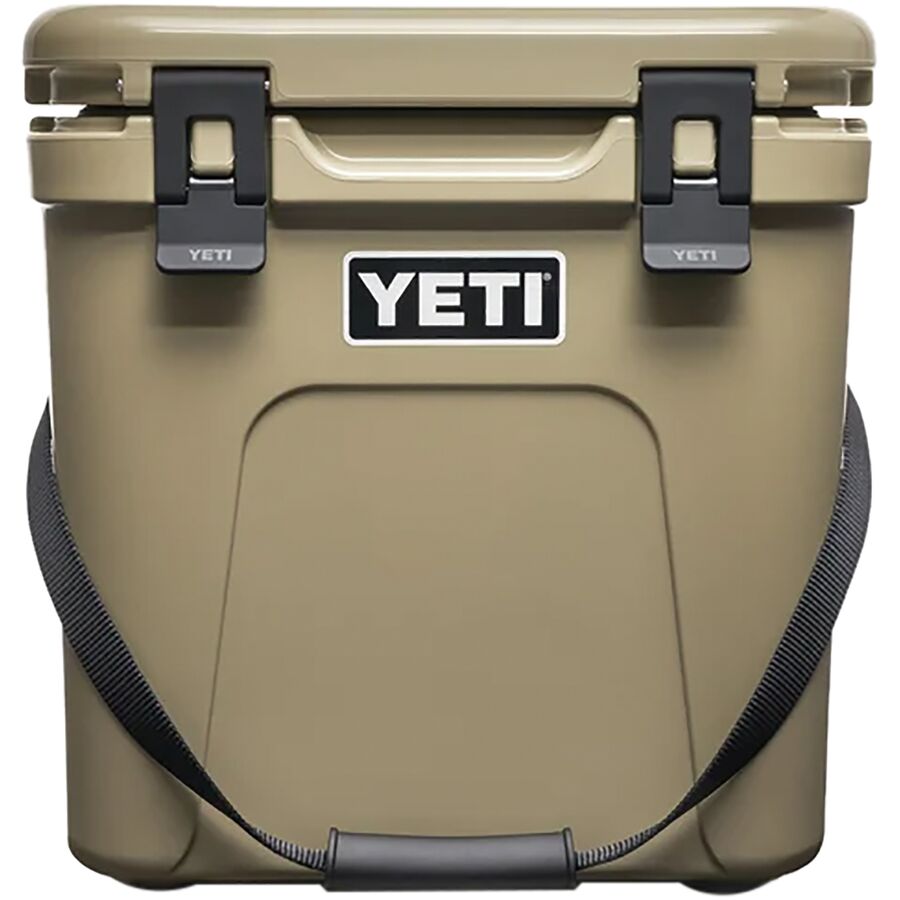
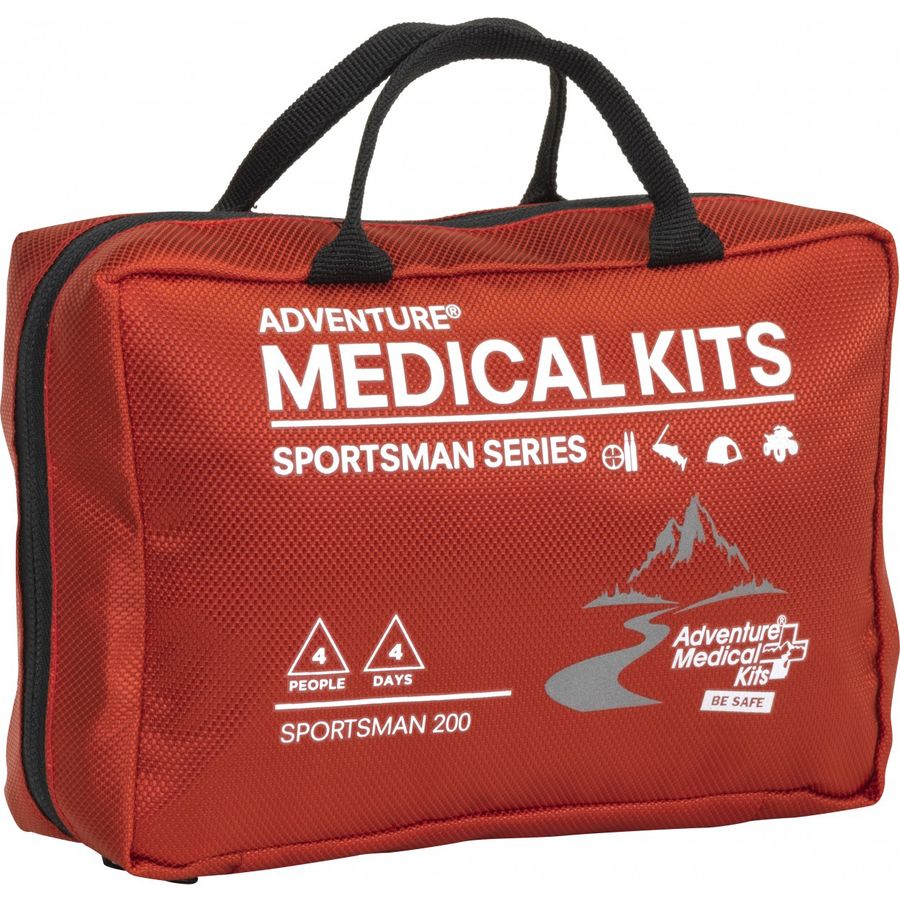
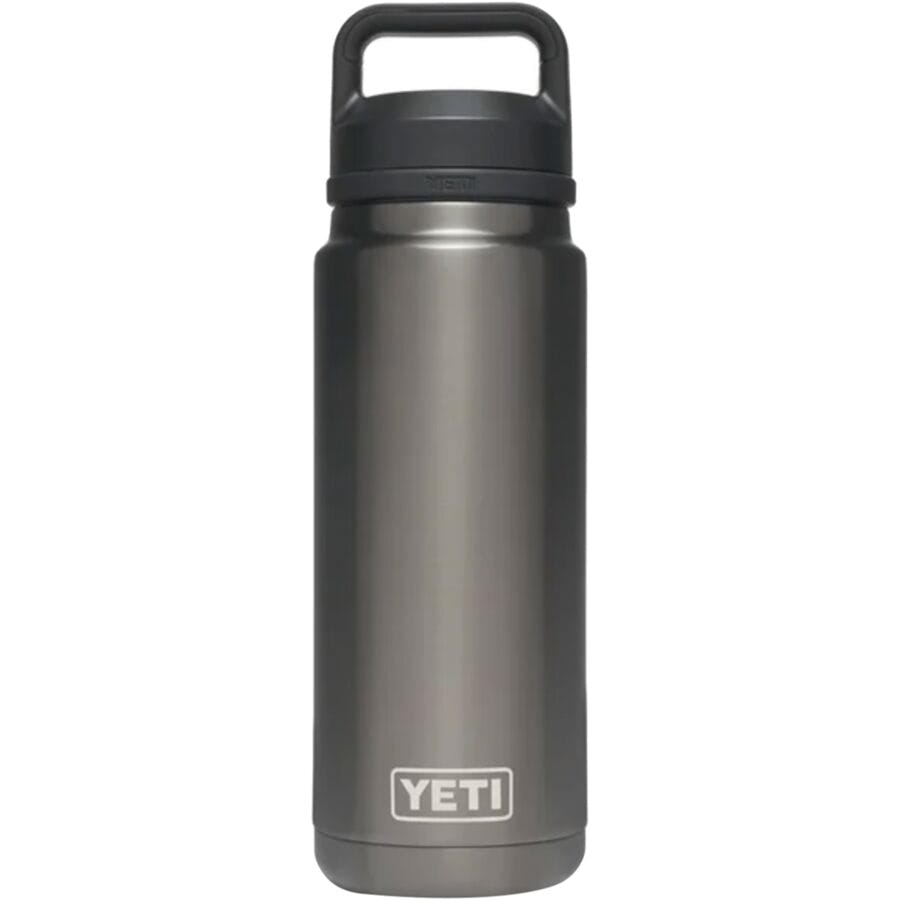

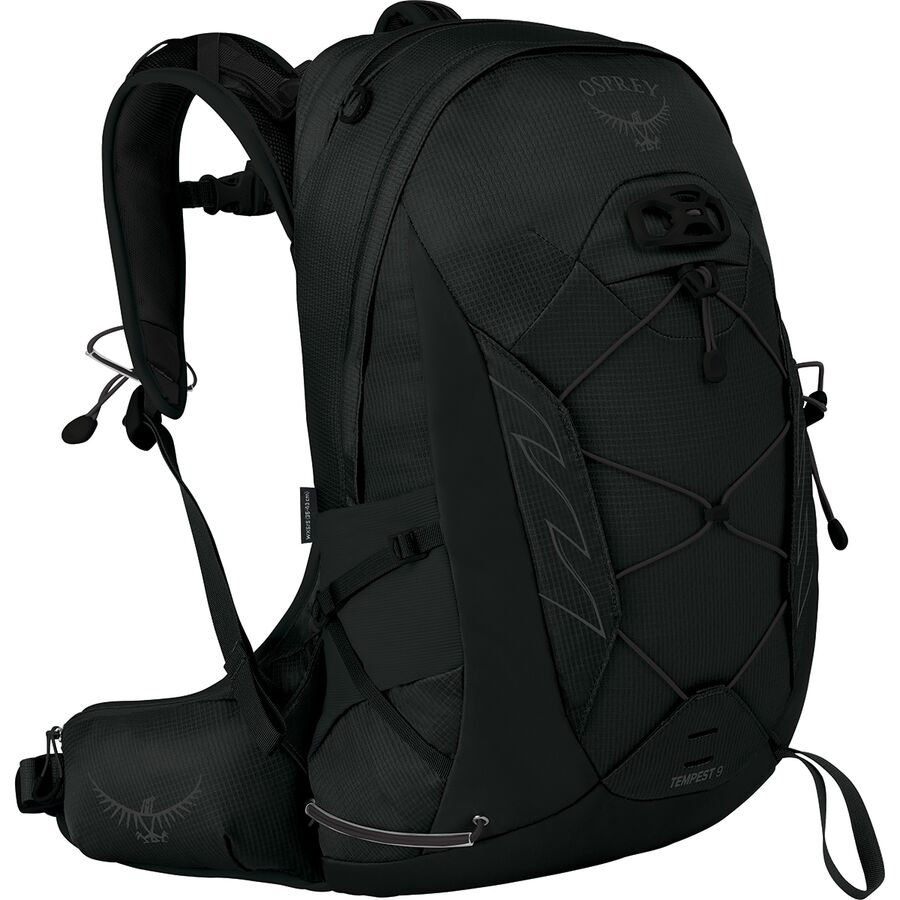
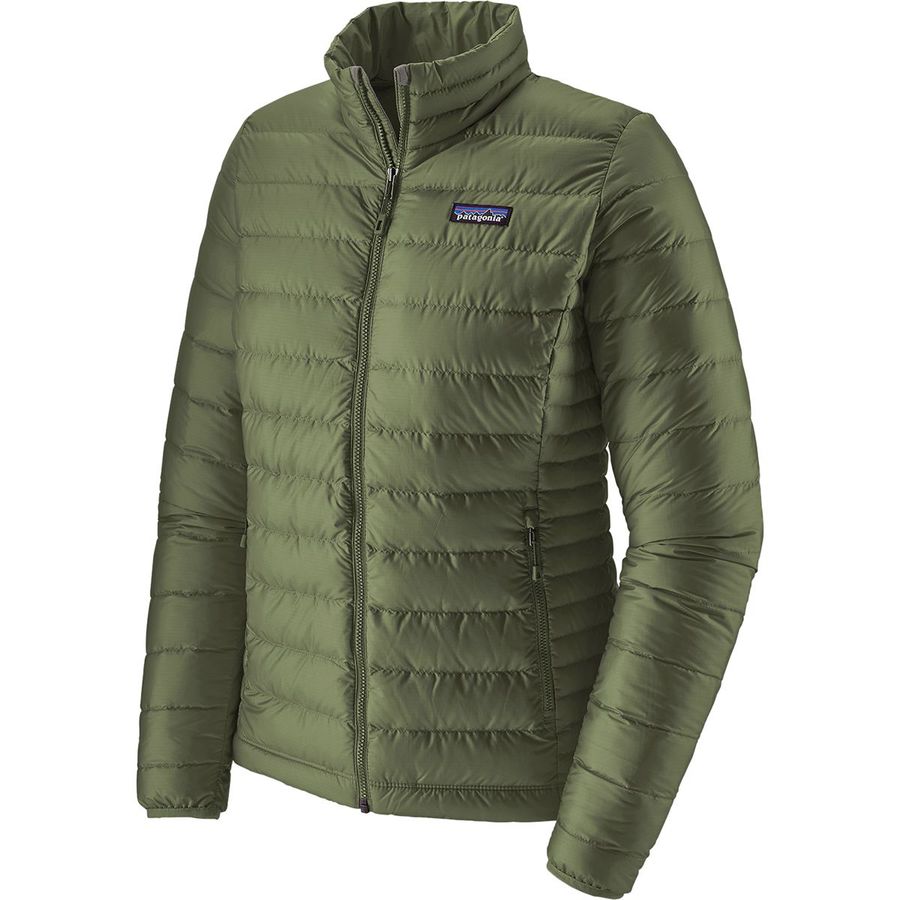
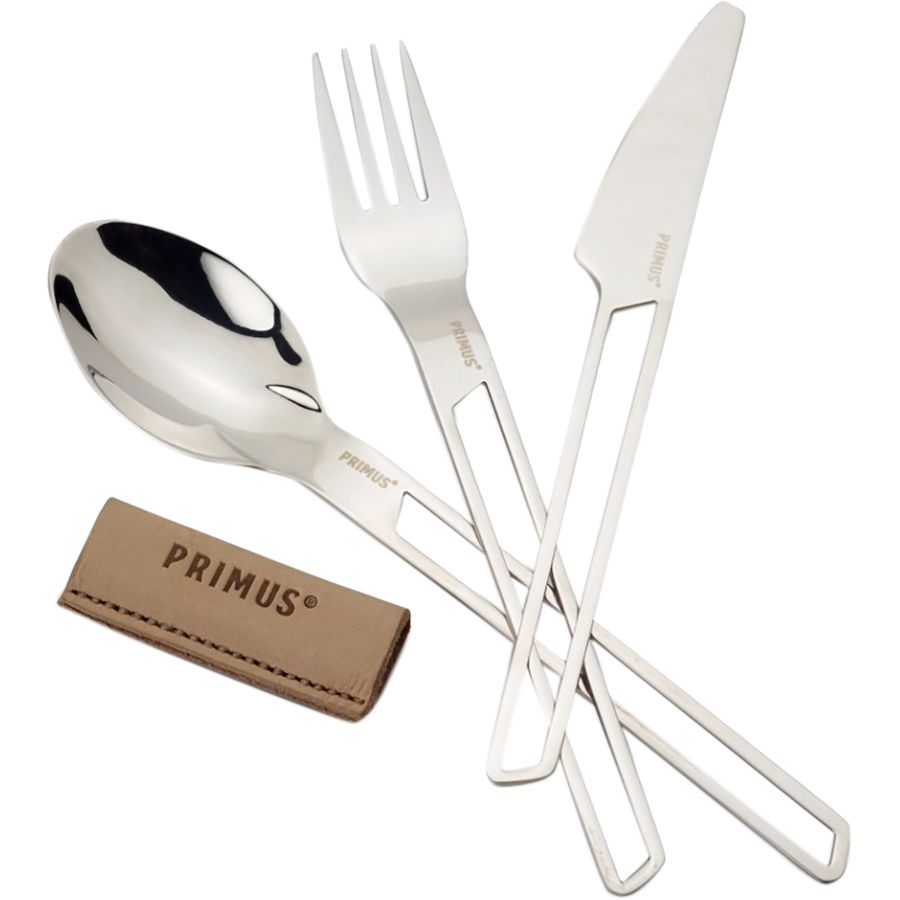
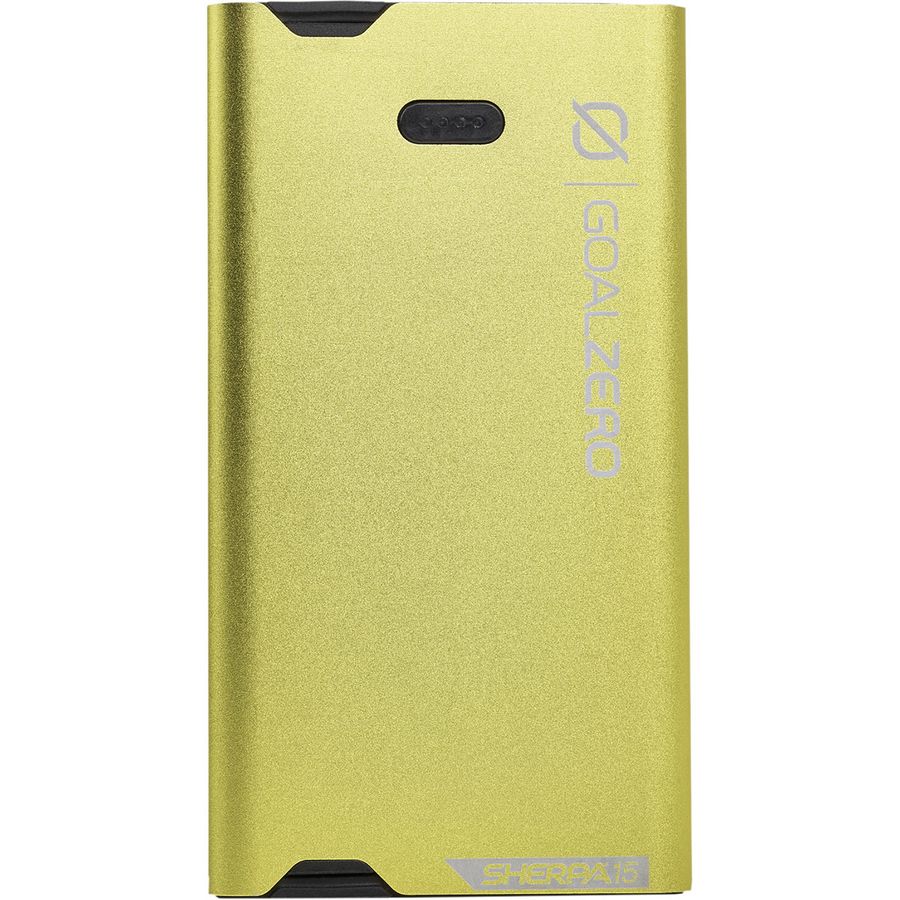
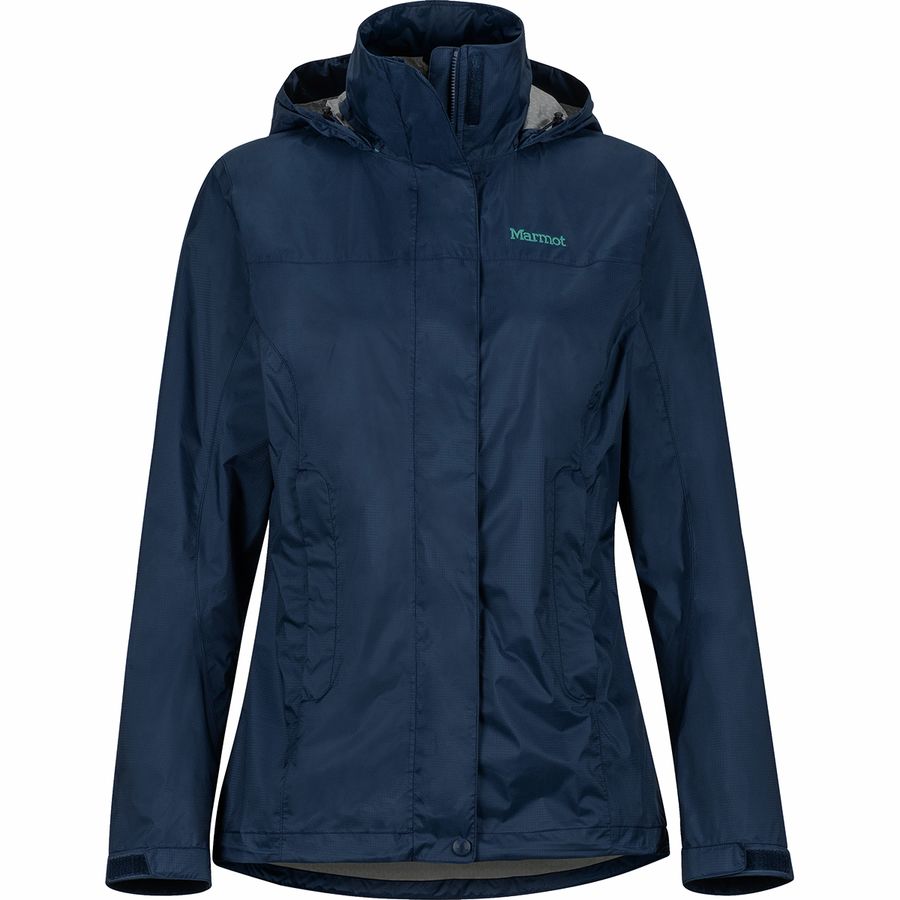
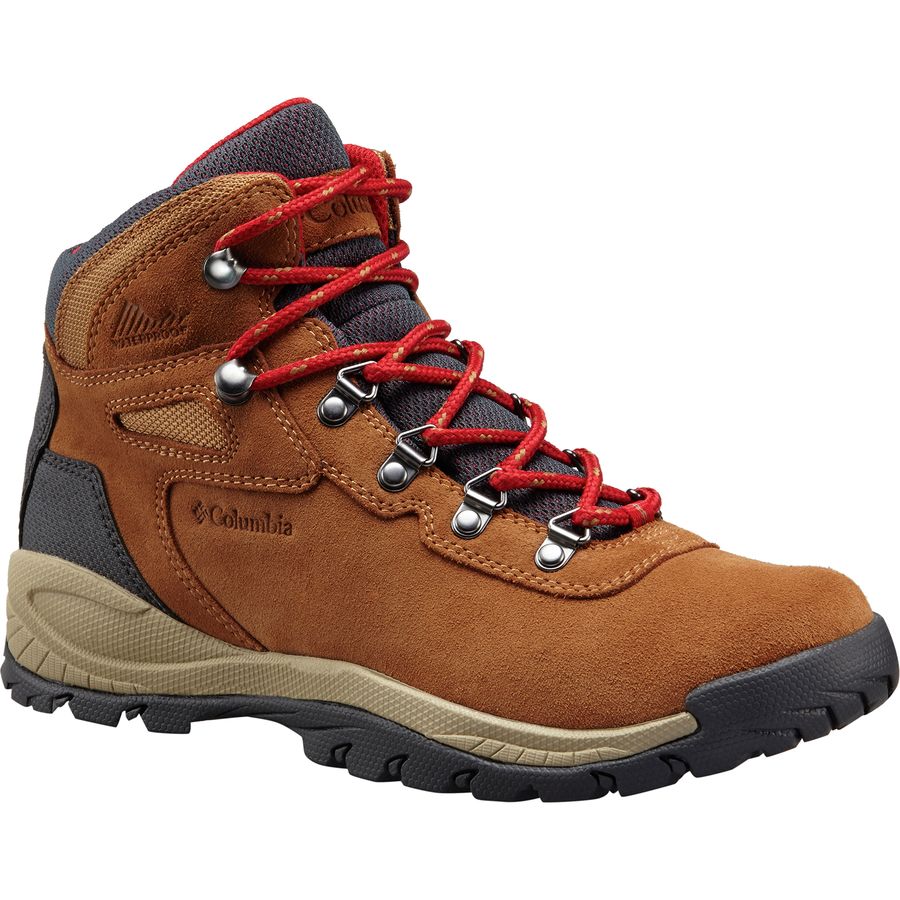
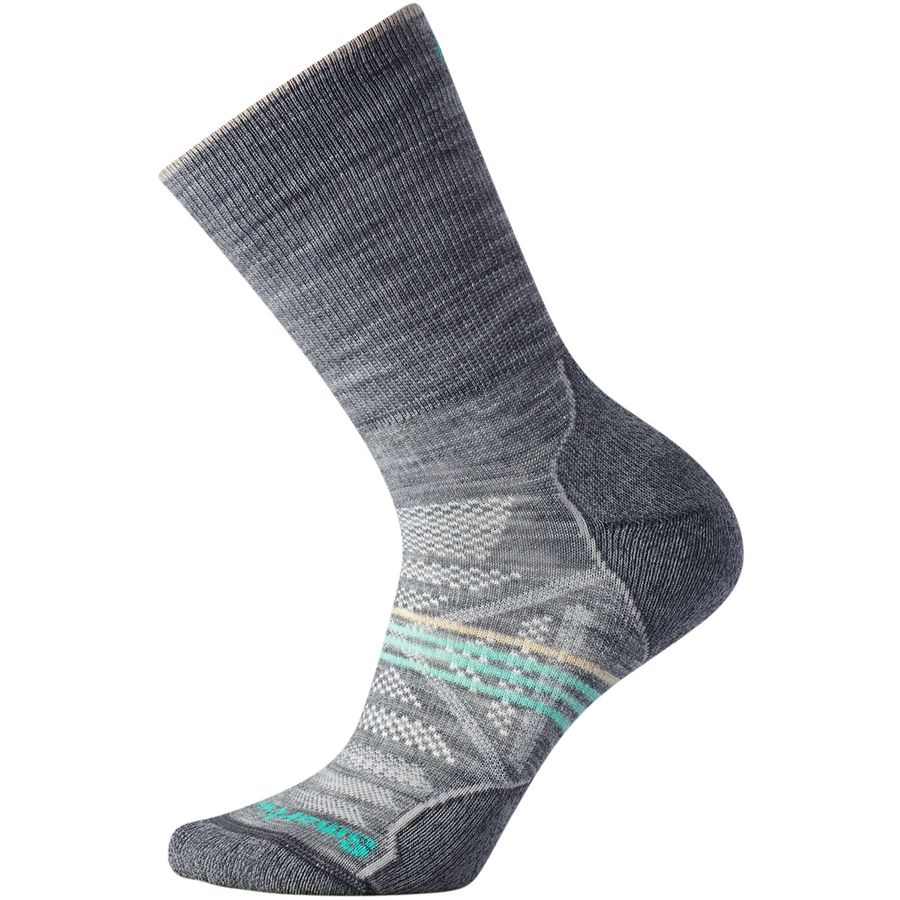
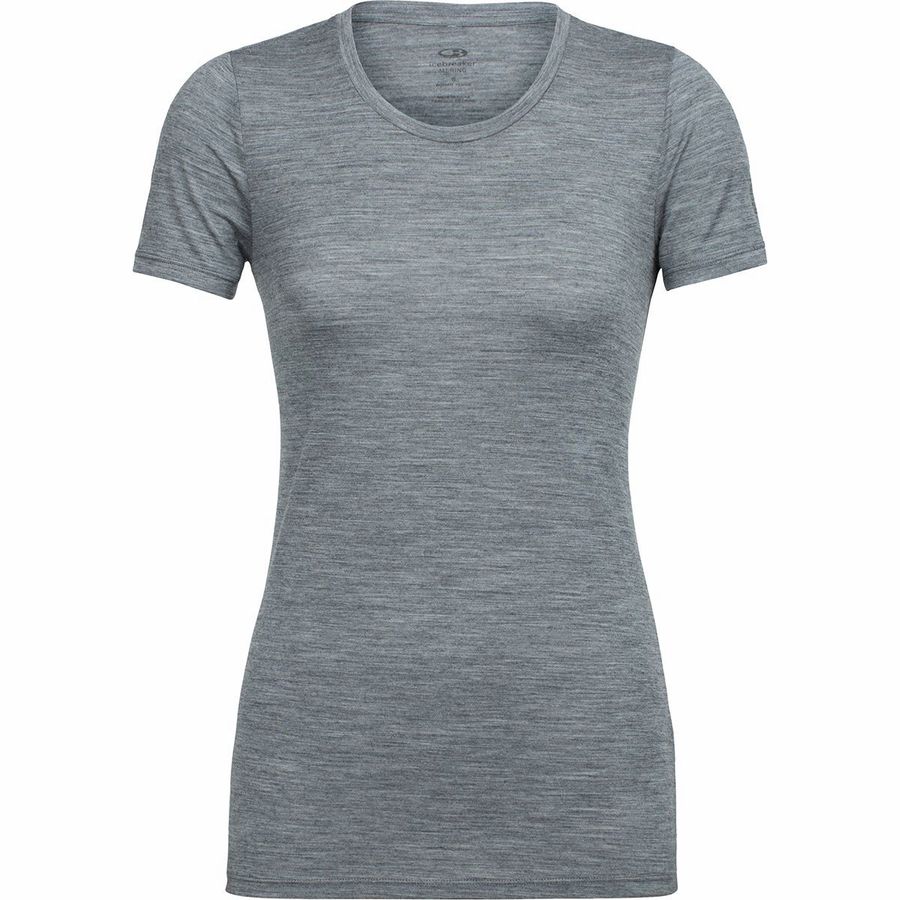
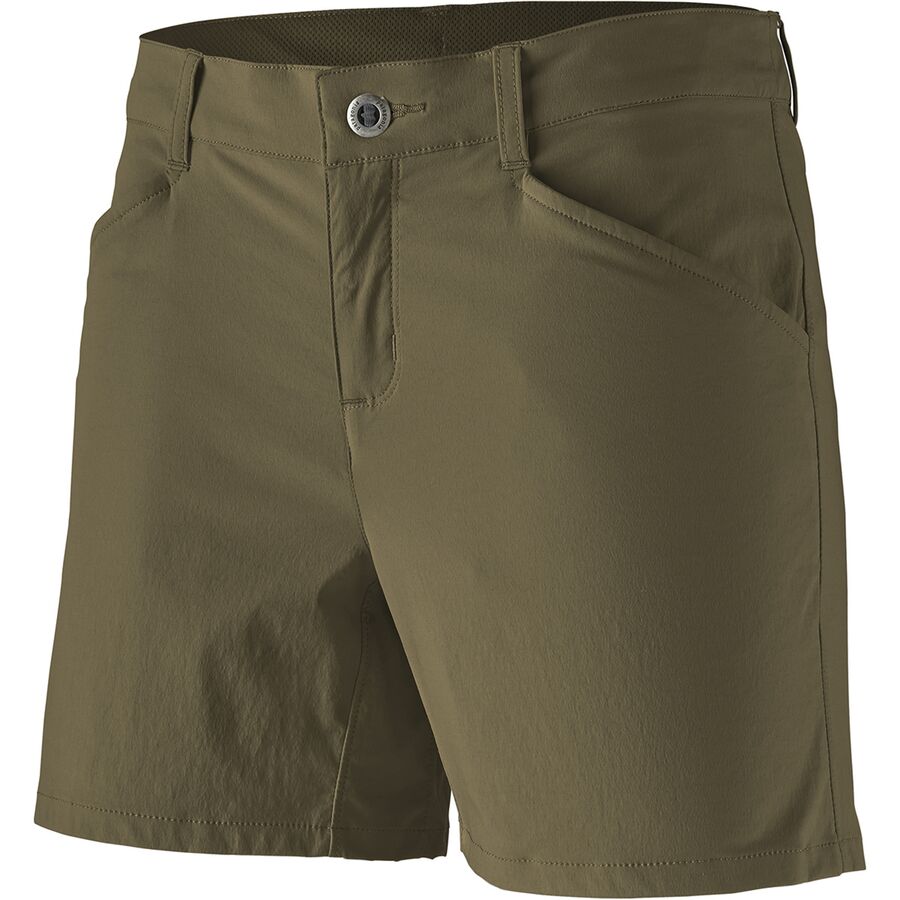
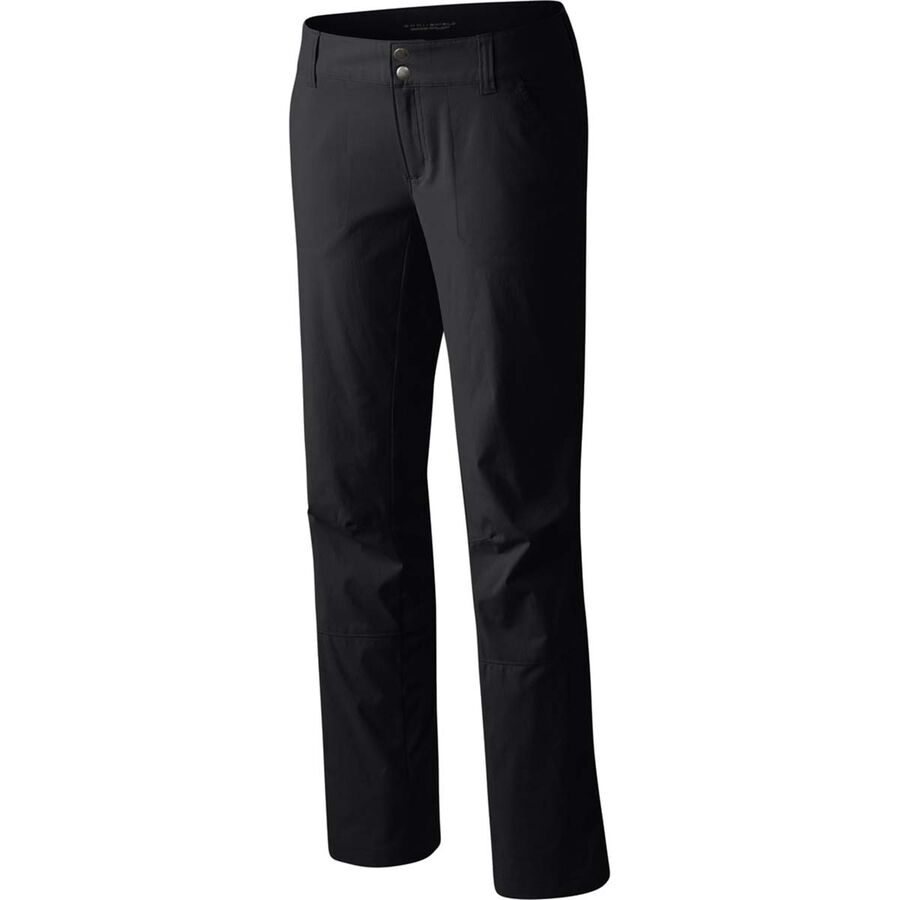
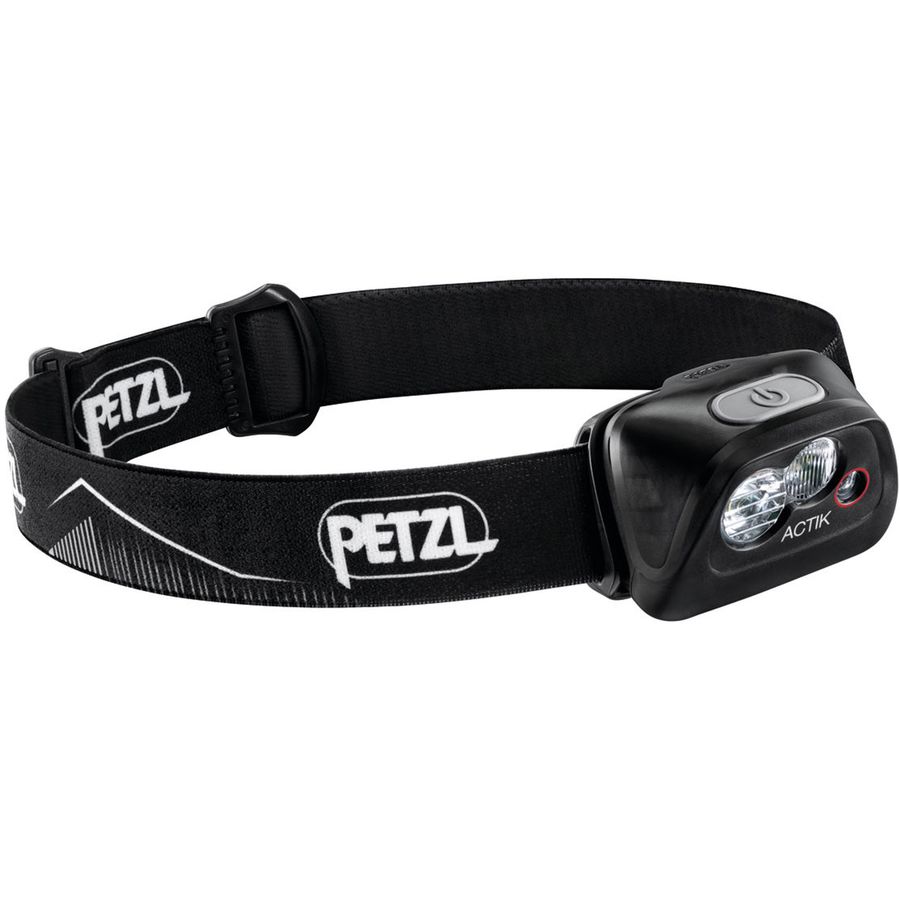
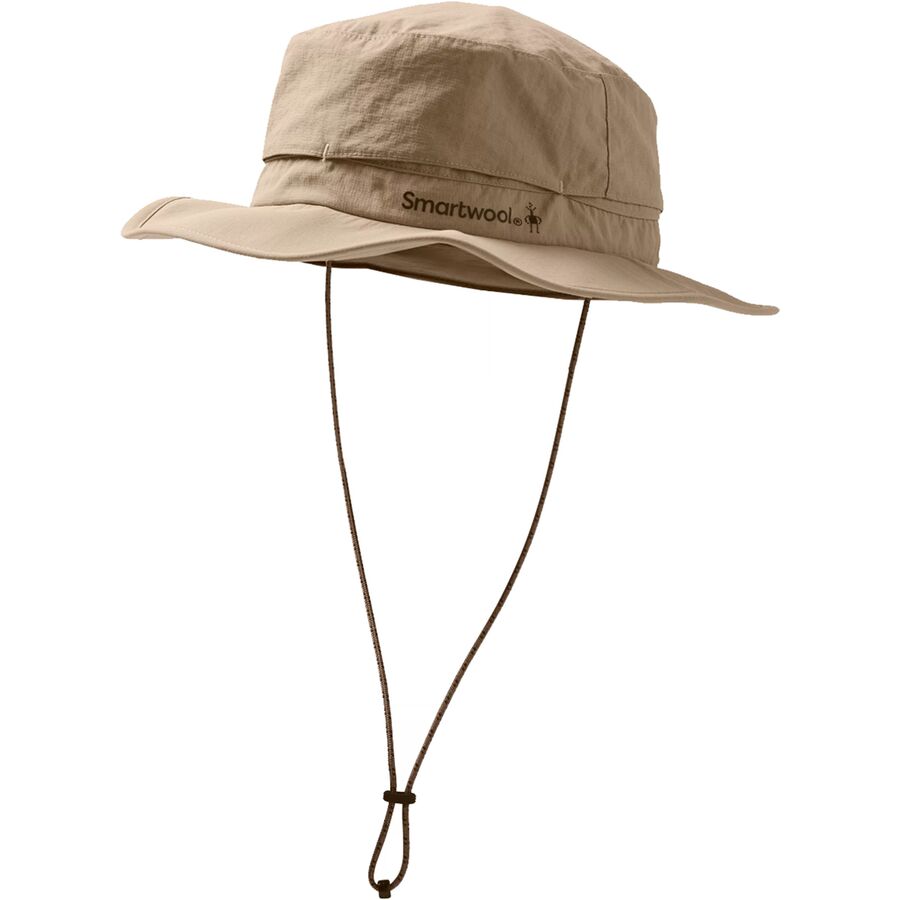
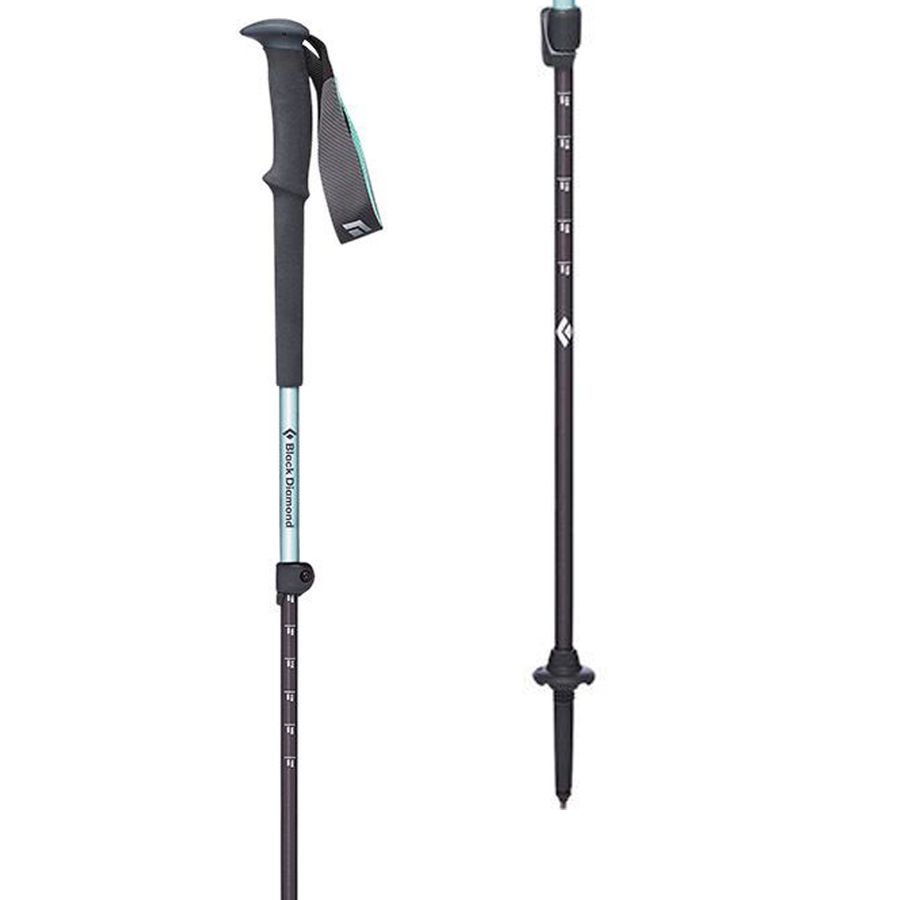


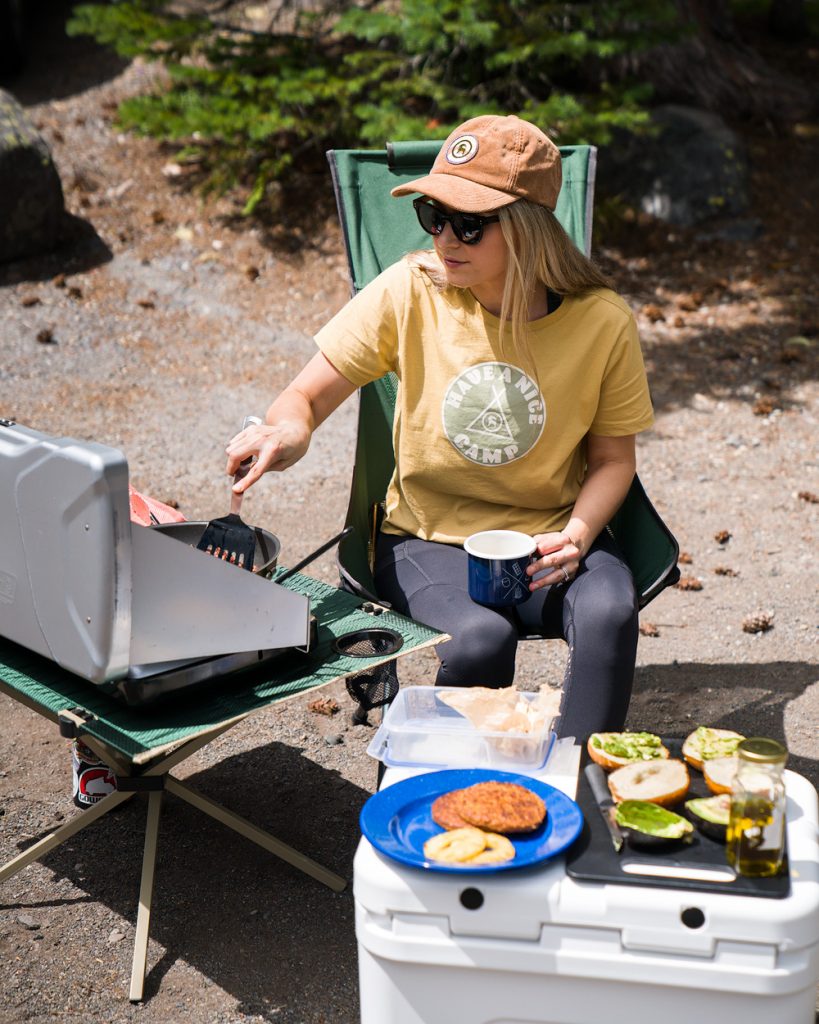
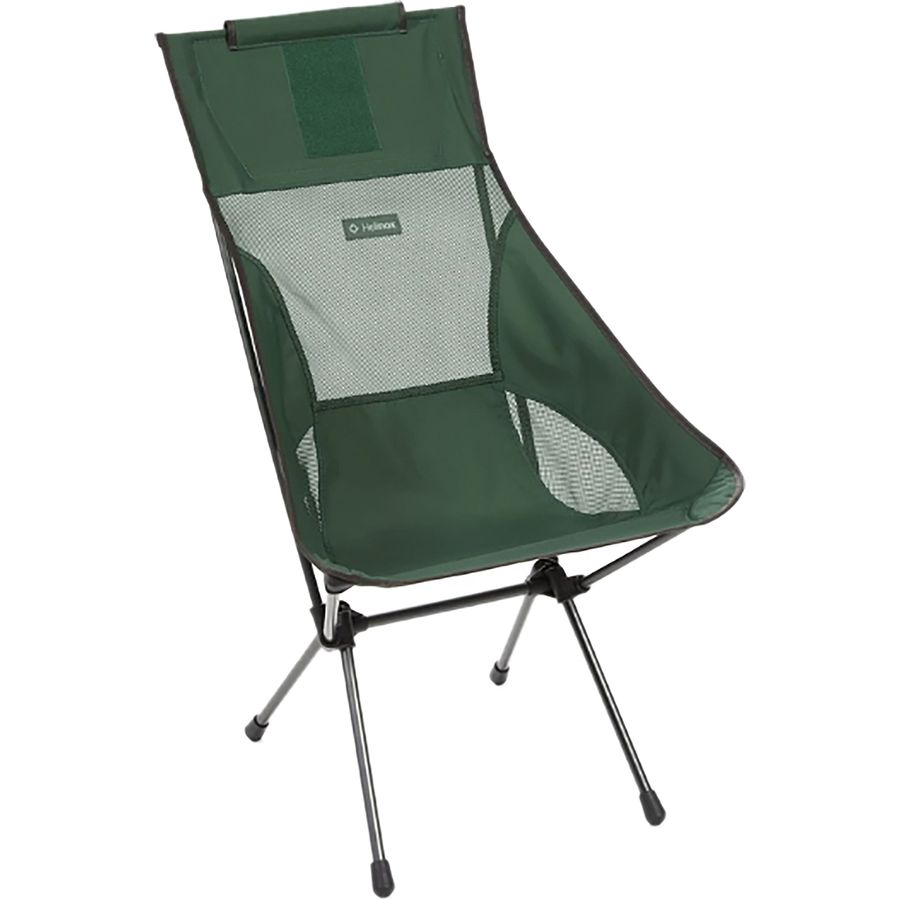
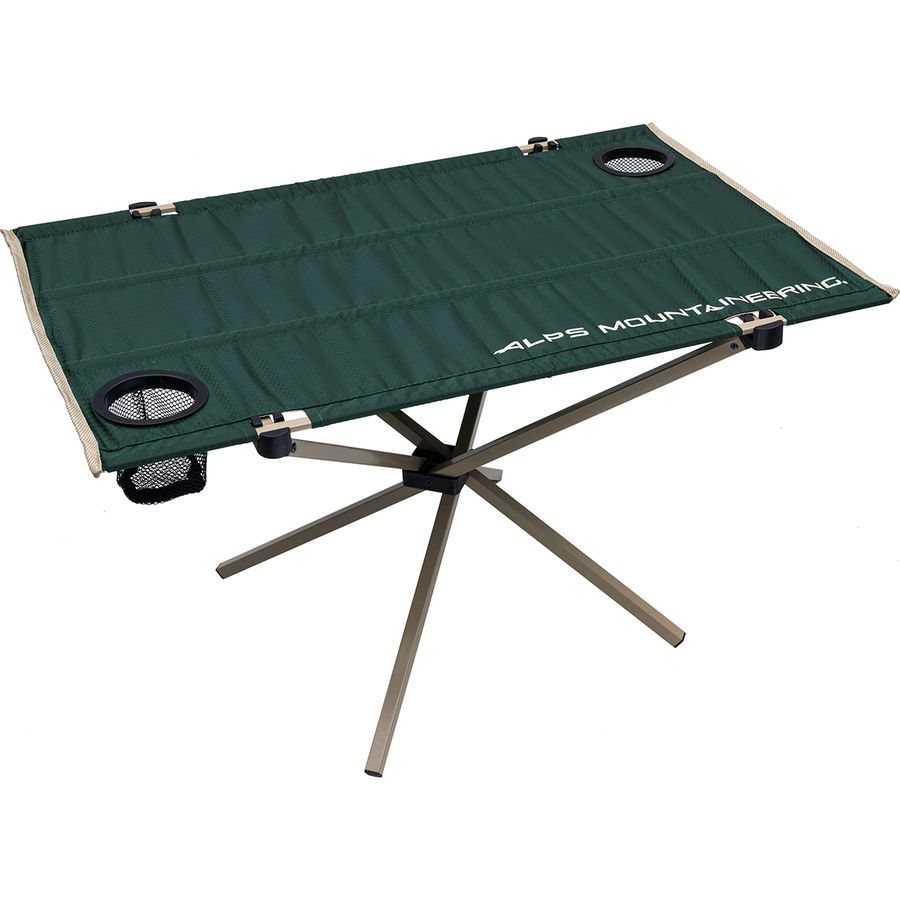
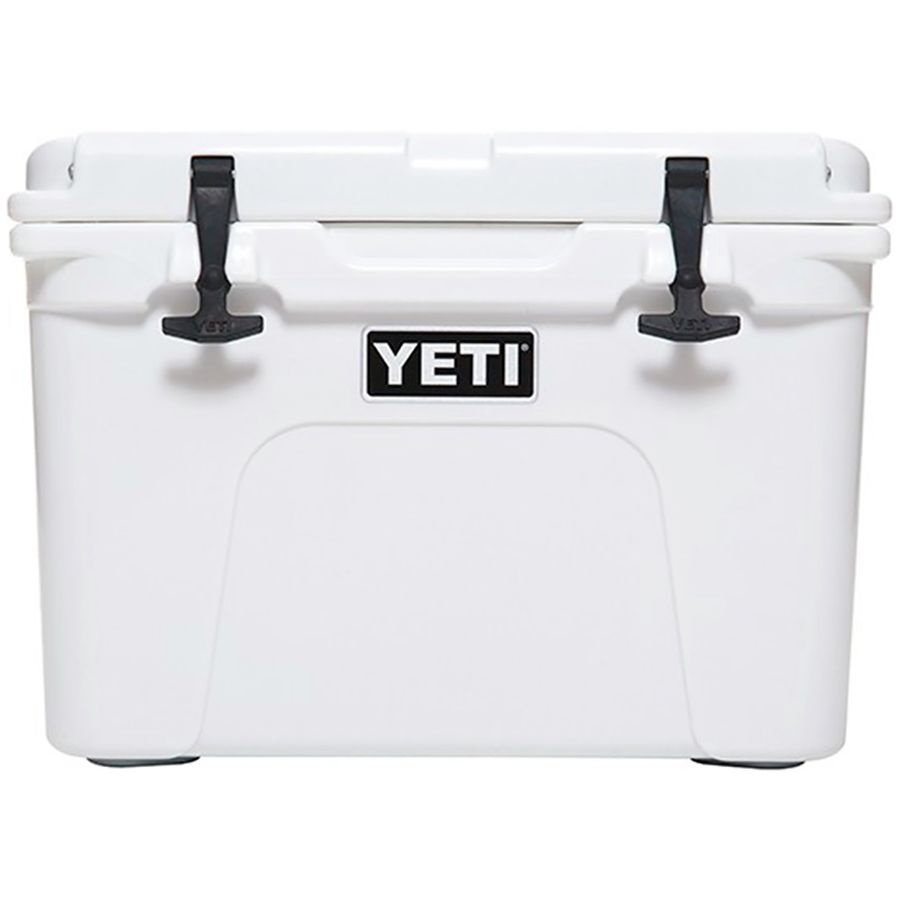
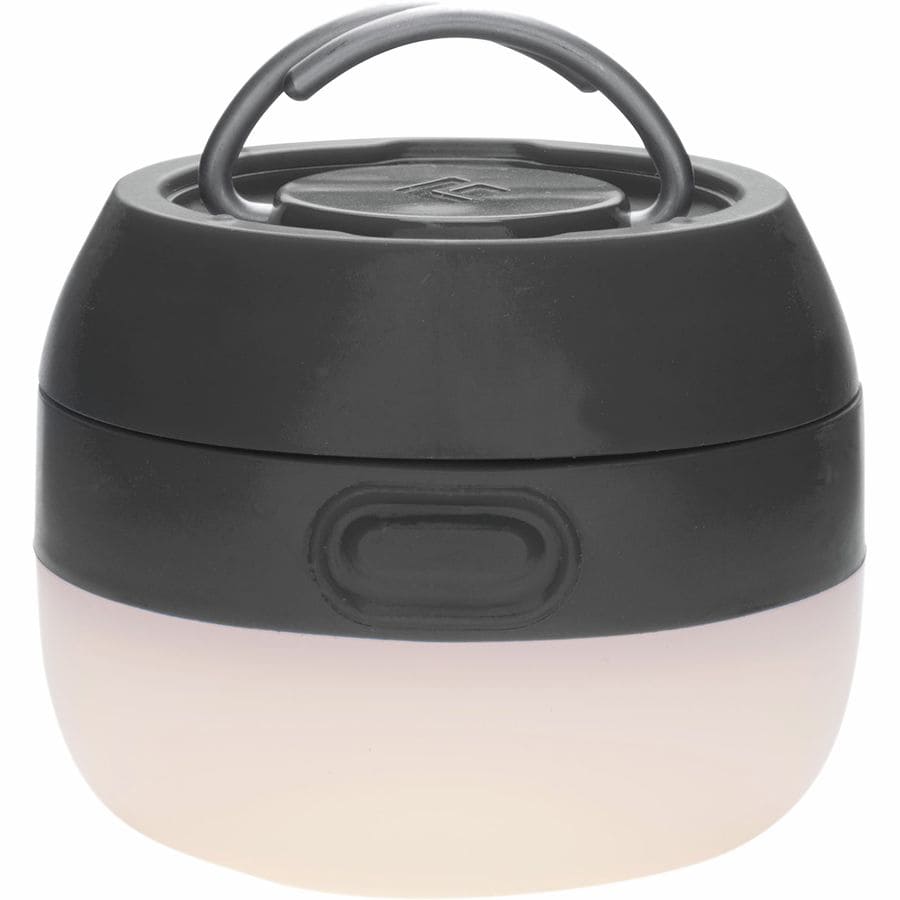
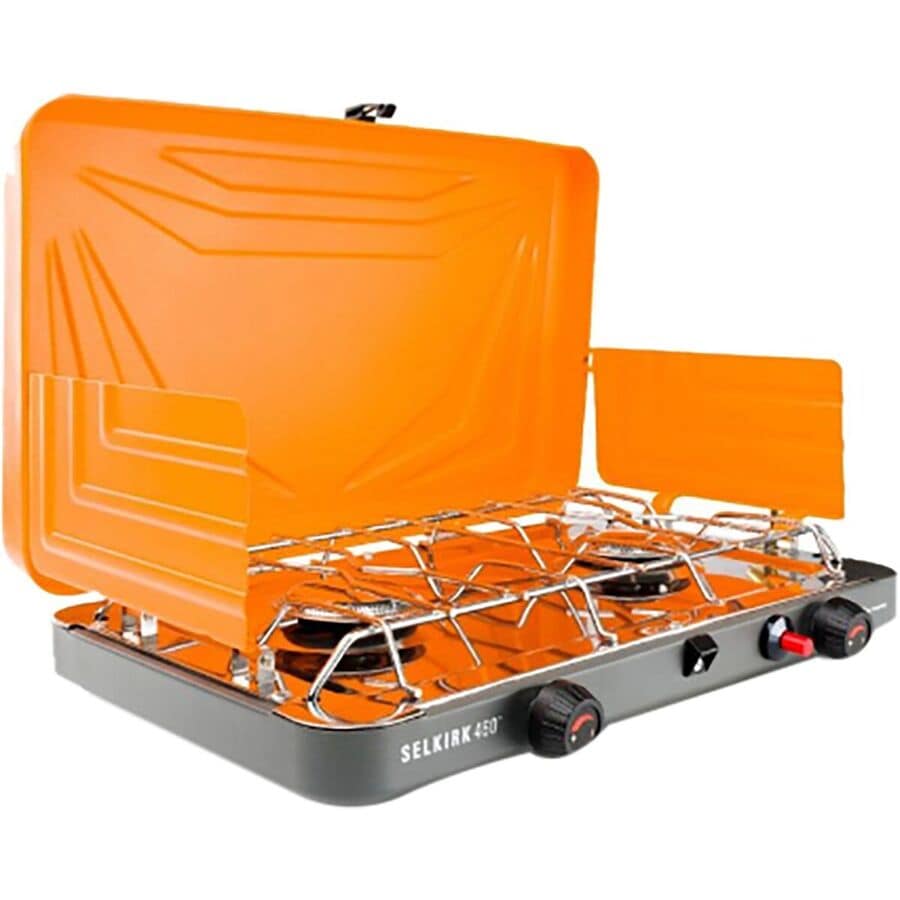
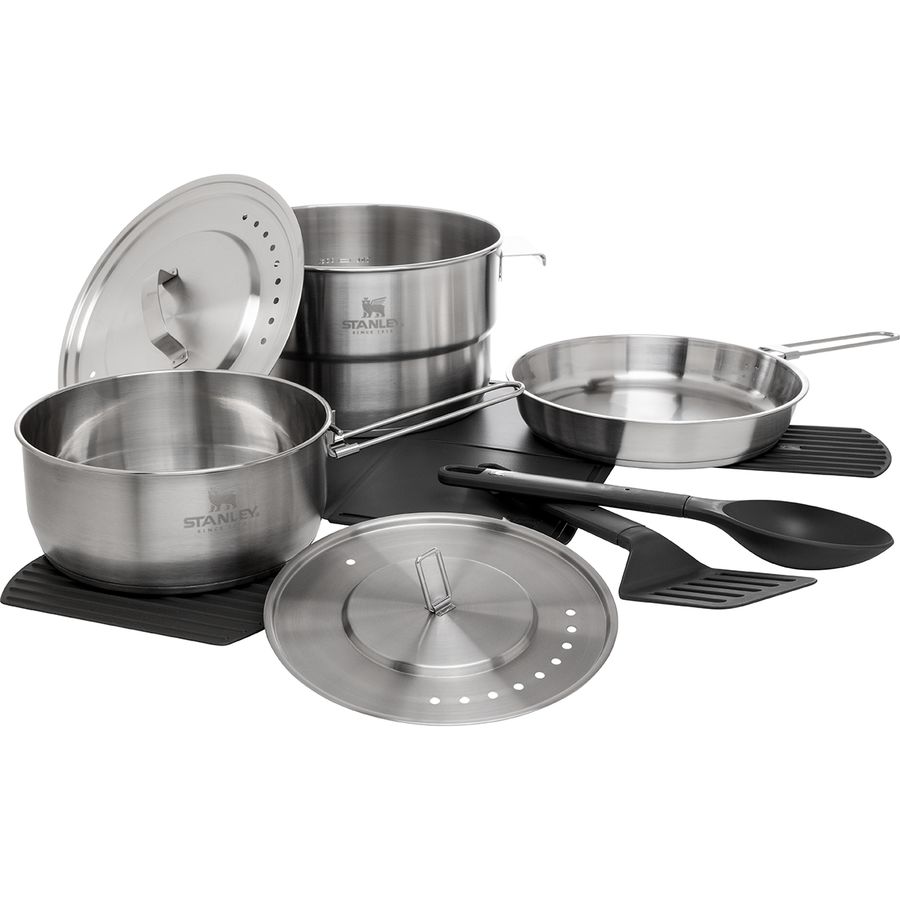
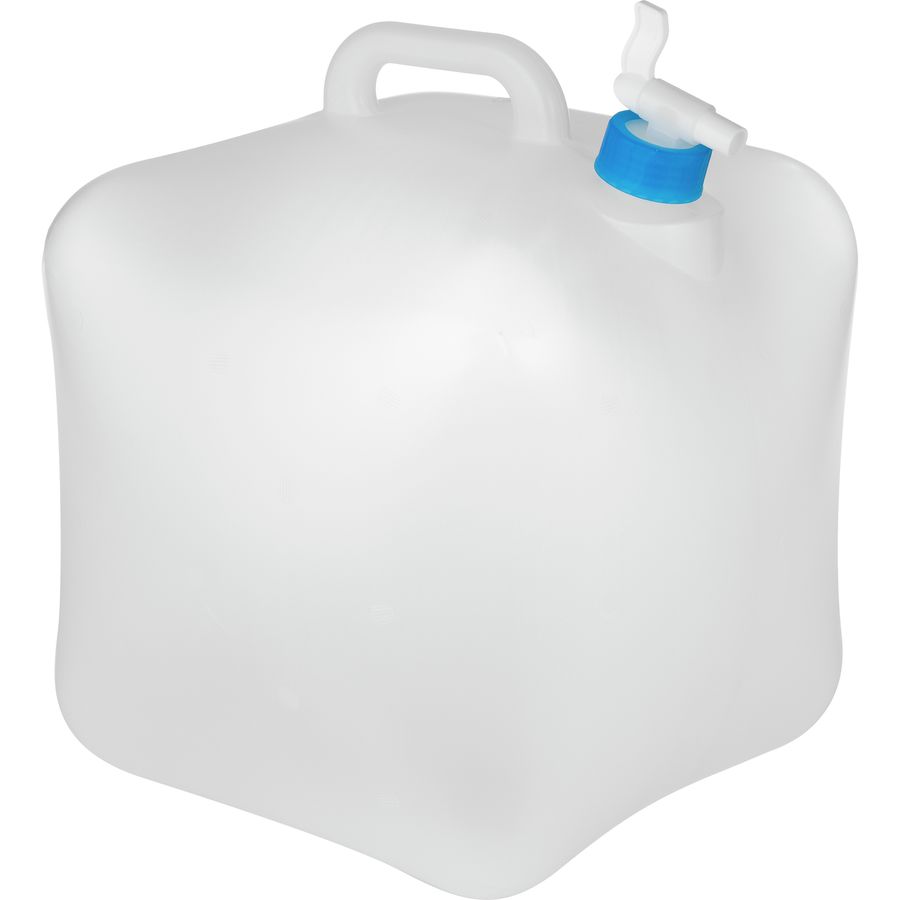
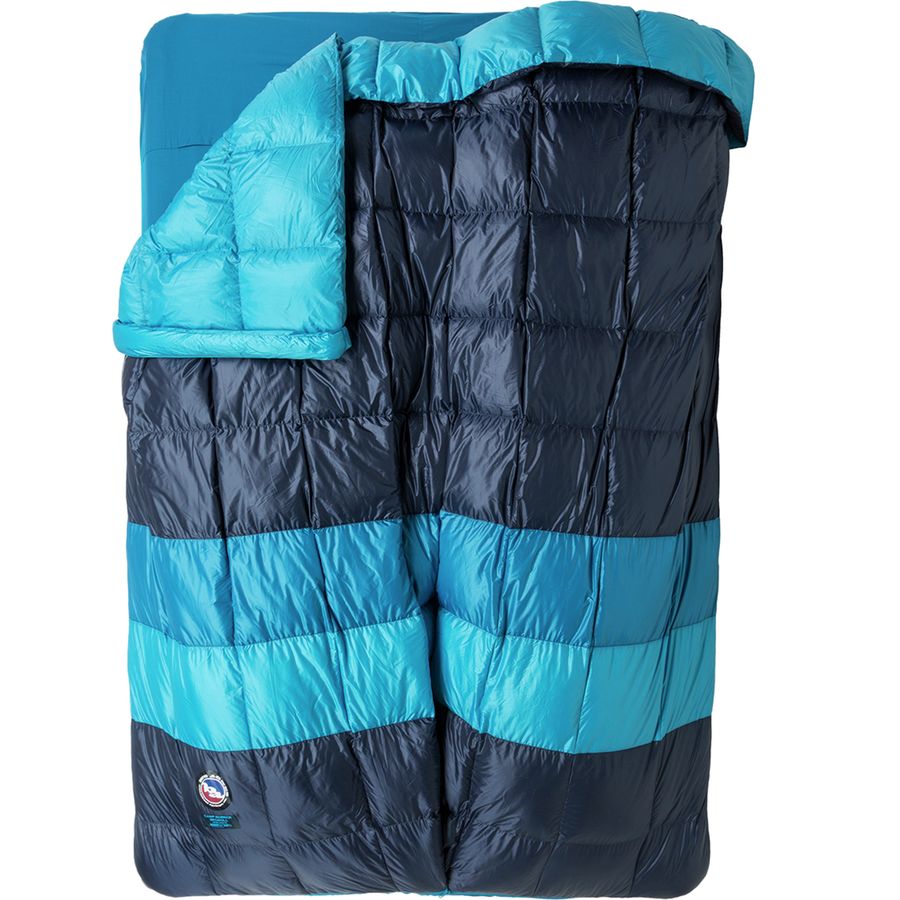


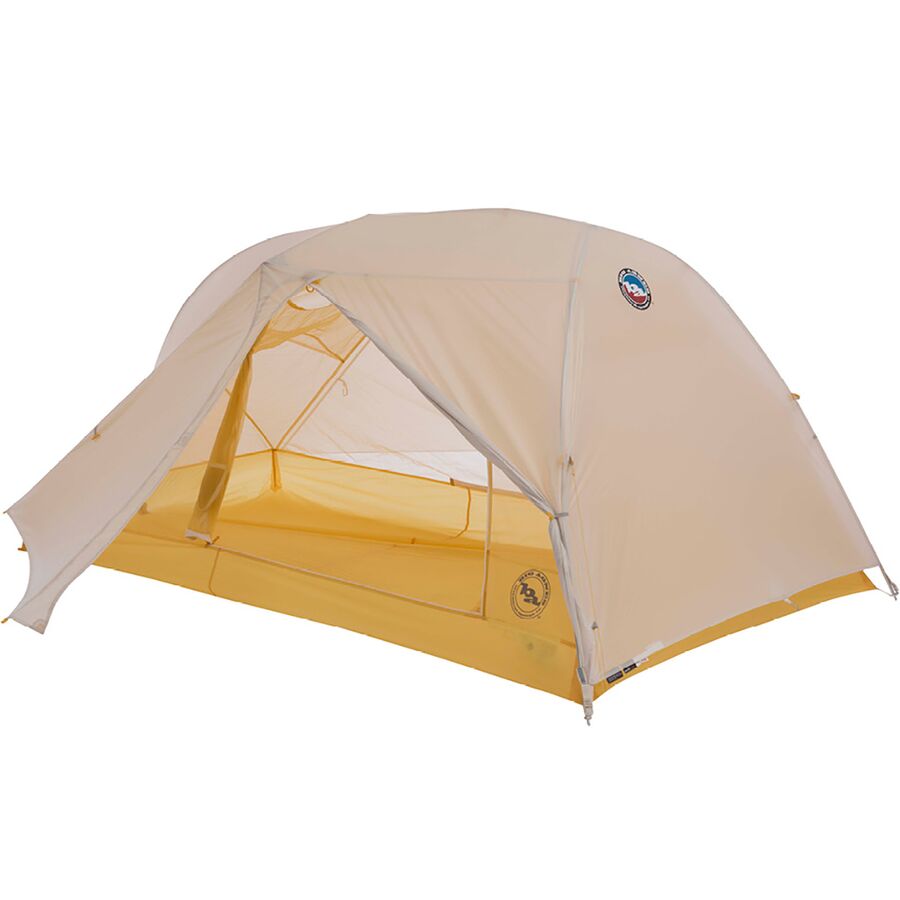

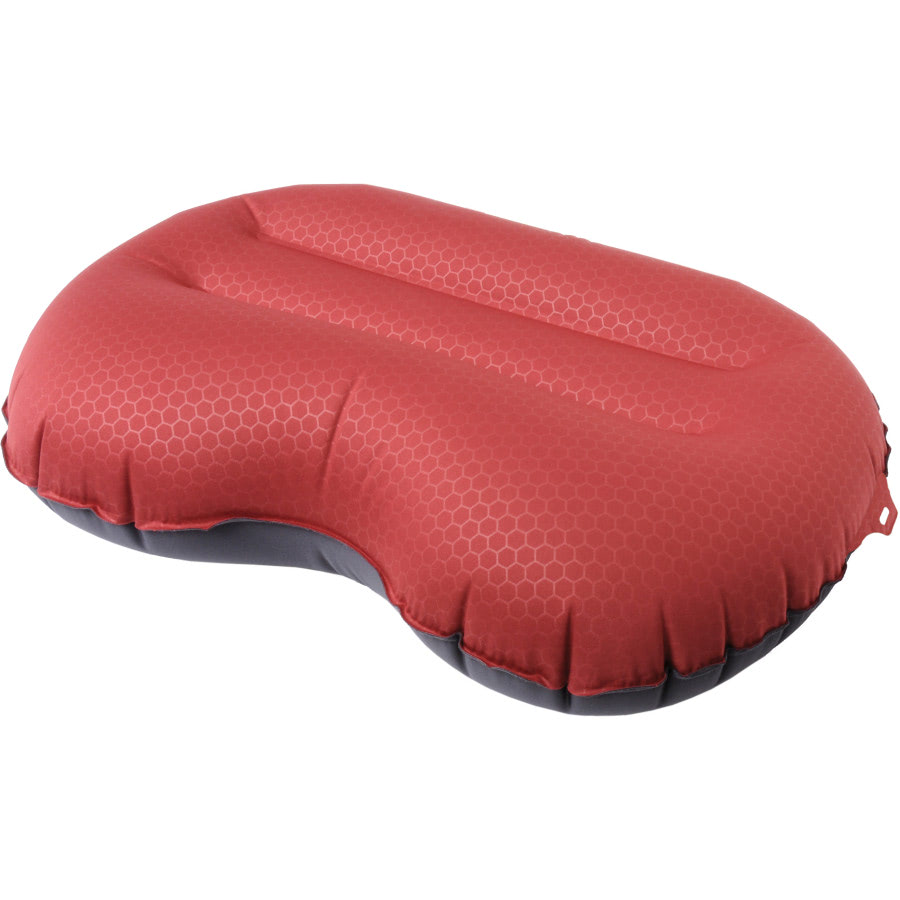
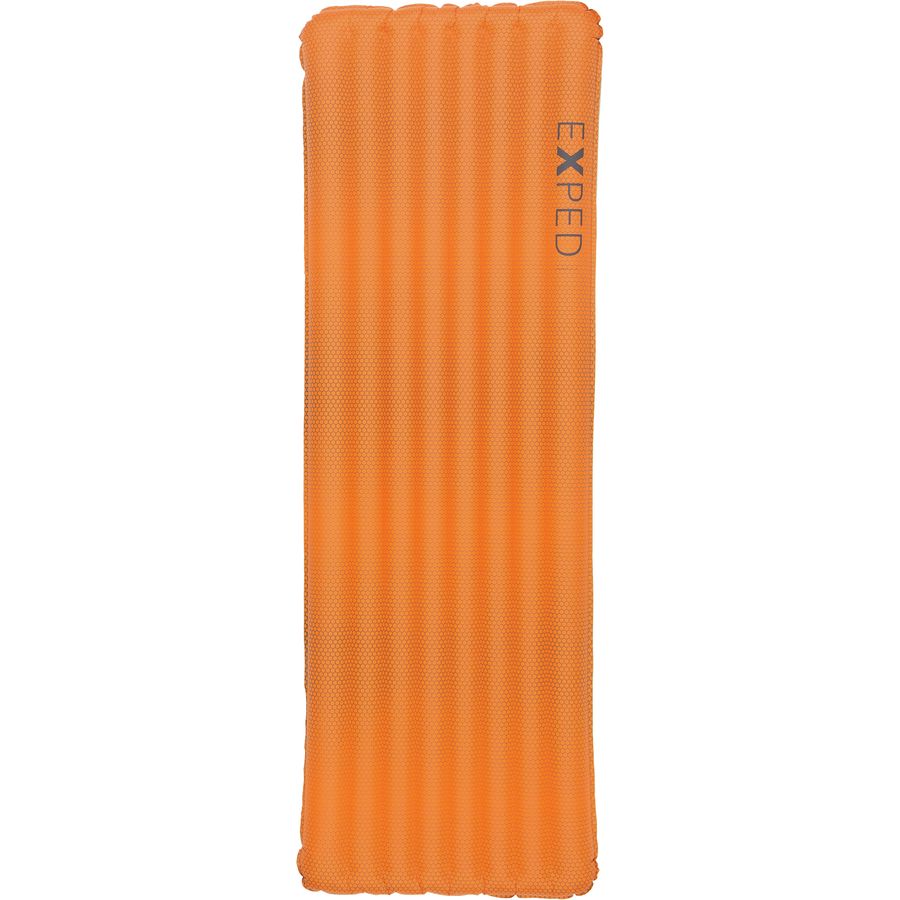
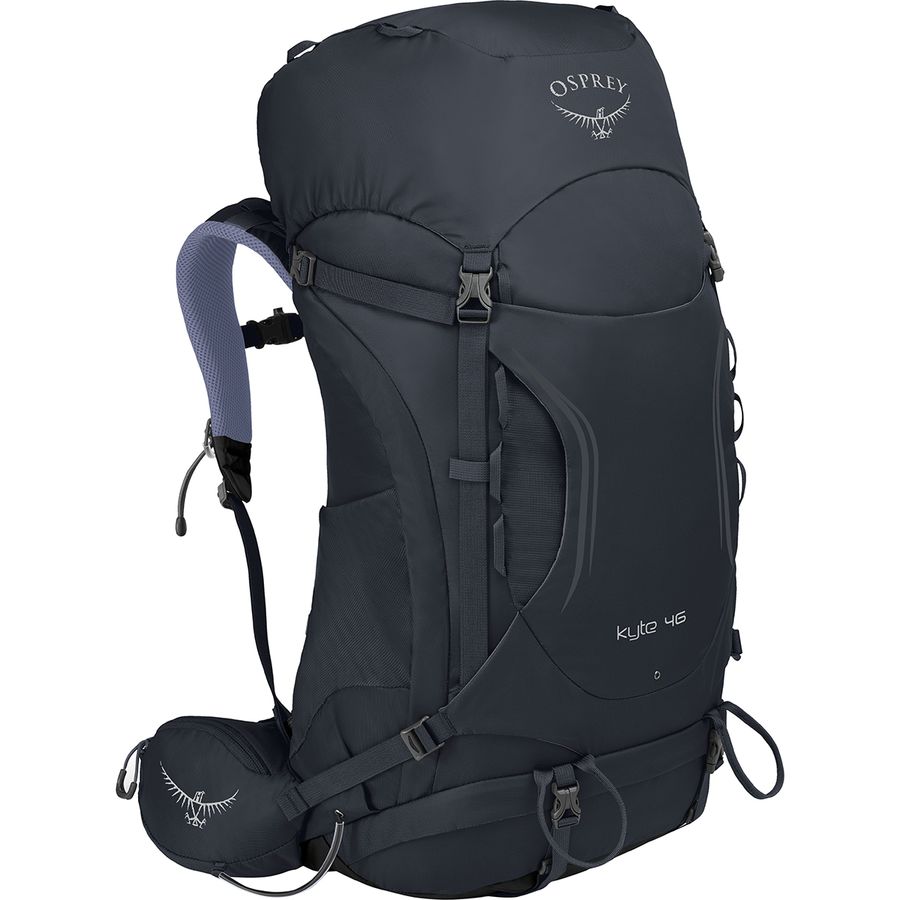

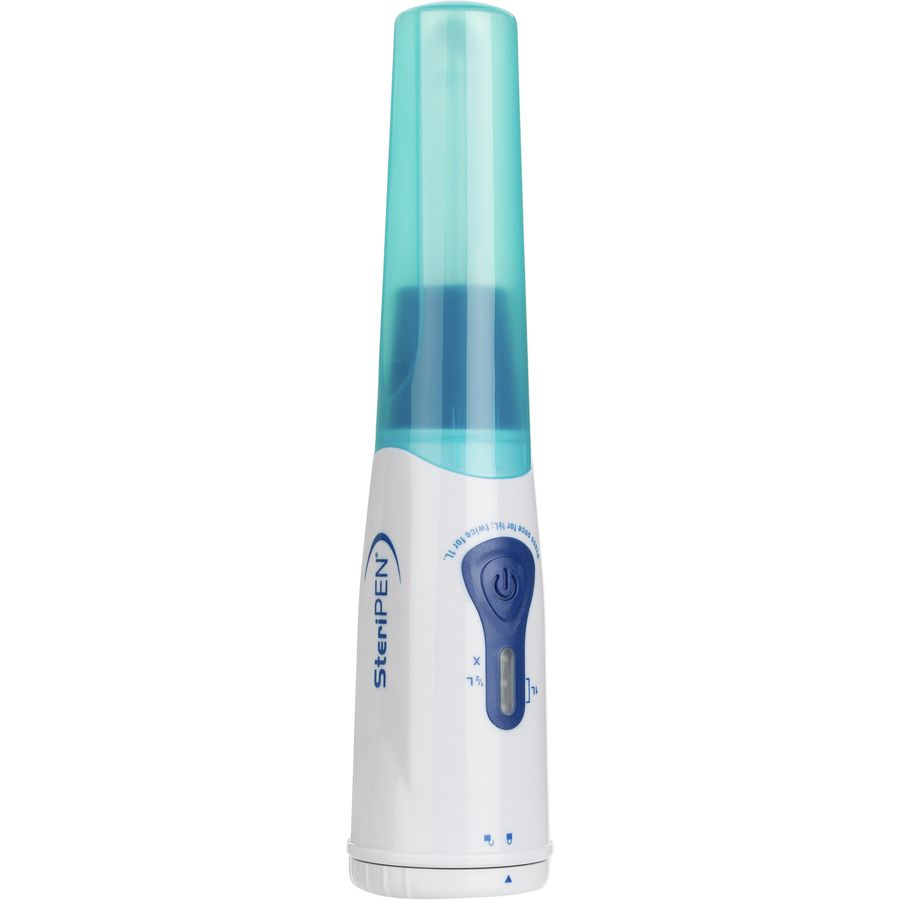

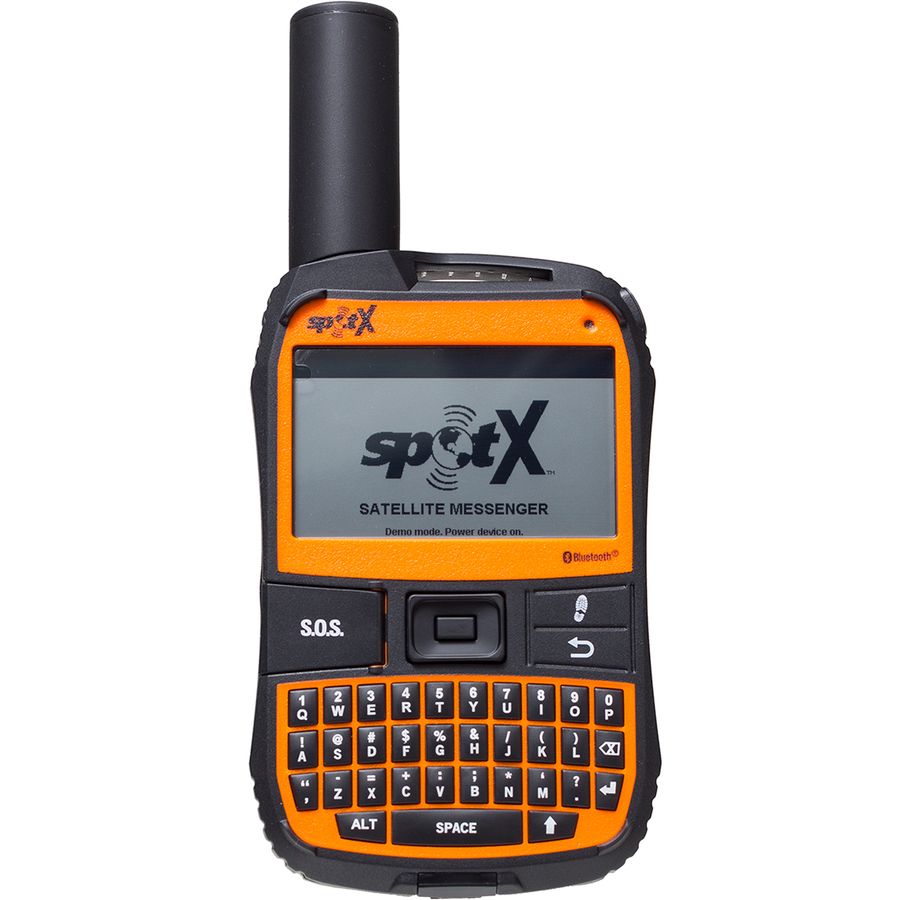
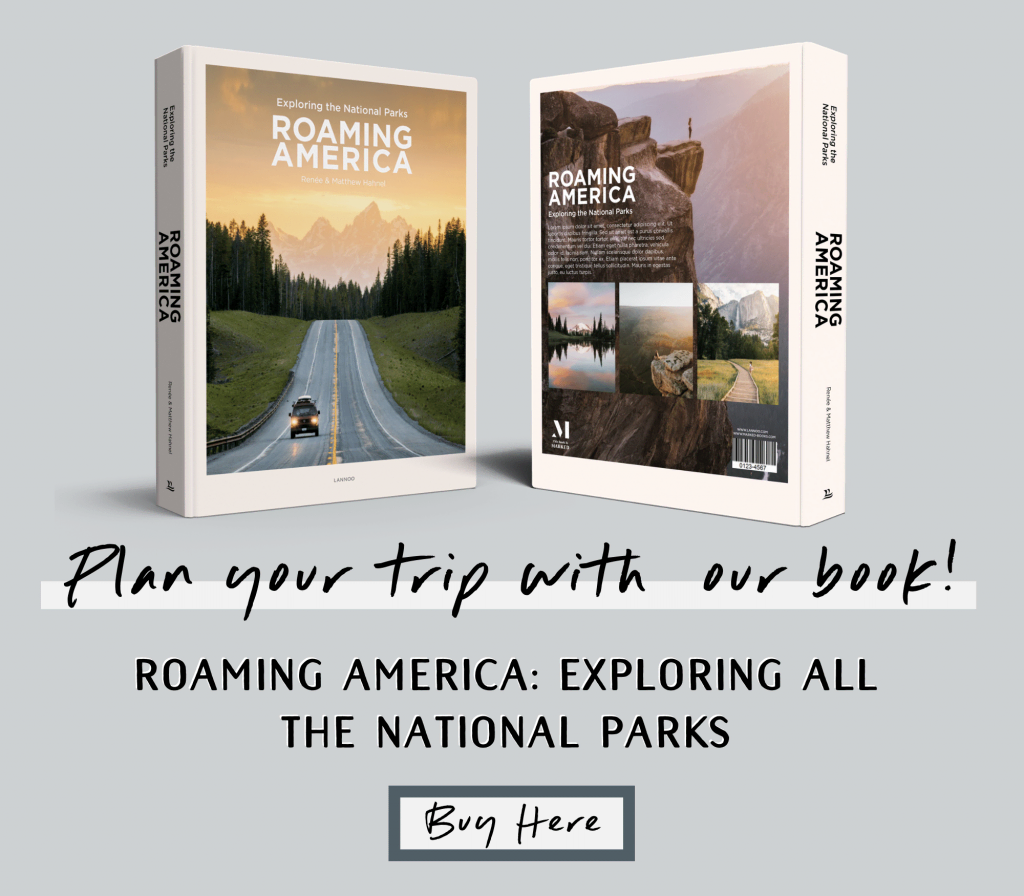
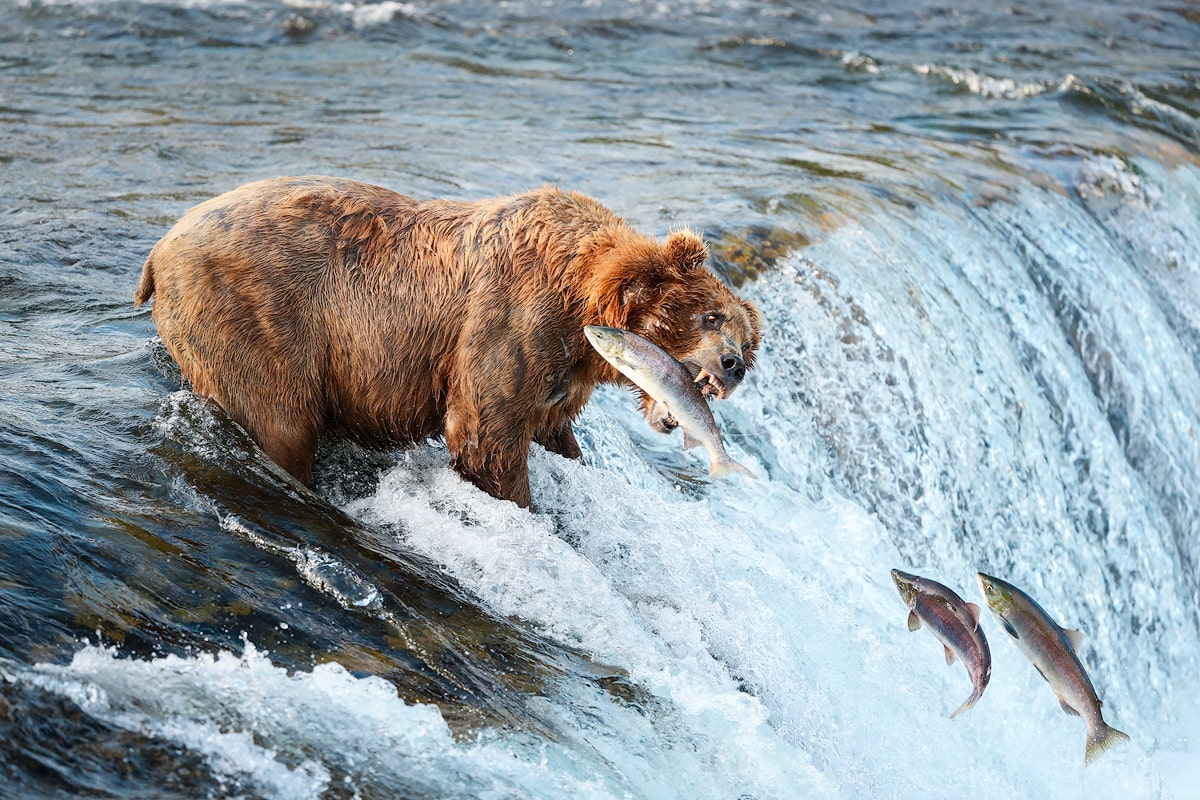
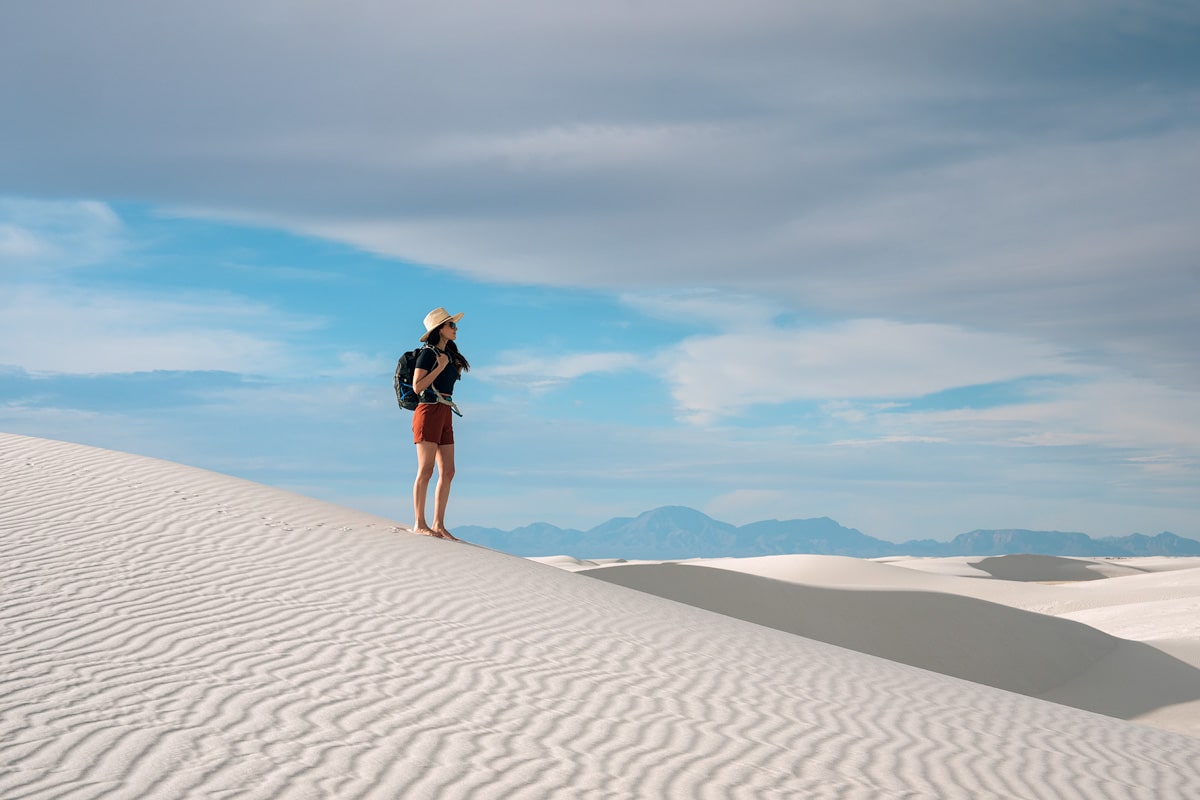
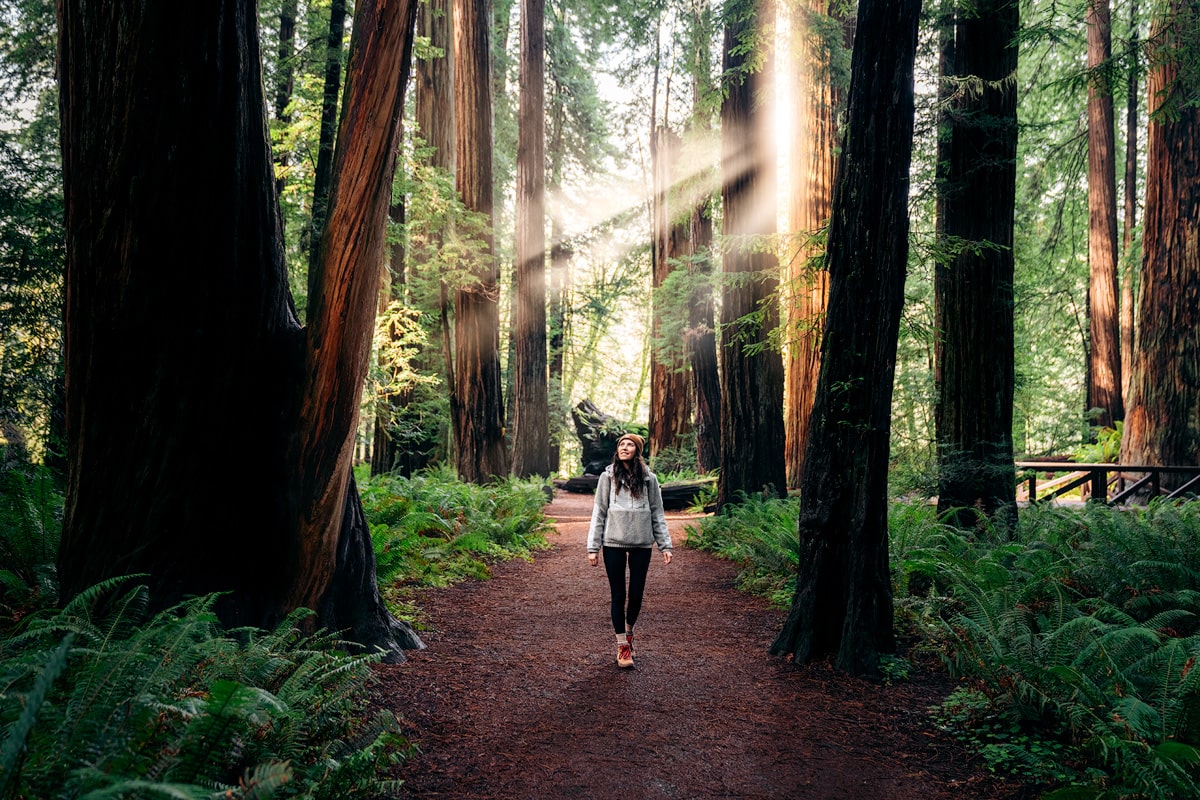
Hello! I taking a sabbatical this year in September and I am planning on doing a national parks tour! I have been feeling so scared/unsure/nervous/unprepared until I found your blog! It is still several months away but I will be voraciously reading your blogs and gaining confidence to take the plunge! Thank you for this! It is exactly what I needed to read!
Thank you for giving some options of where you can stay when you visit national parks. I’ve been debating between camping or staying in a hotel. It seems like we should be able to find lots of different options where we plan to go.
Very hard written article, Thanks for sharing with us, keep writing this type of the article.
Hi!
We are planning a long roadtrip to visit lots of US National Parks (except for Alaska & Hawaii). What do you think of 5 months to visit those parks ? (we can’t stay more than 6 months because of visa).
Thank you for your very interesting blog !
I went to Colchuck Lake Saturday and it was gorgeous. Thanks to you and your videos. I’m planning to go to Glacier National Park next week. Any tips? Thanks in advance.
Nice! I am glad you got to enjoy Colchuck Lake. I wrote a mini guide on Glacier NP a few years go, here it is: https://www.drinkevolve.com/park/glacier-national-park/. I will be creating an updated version on my blog soon-ish!
Well with all that great info I’m ready to go visit a NP. Thanks Renee.
Glad you liked it 🙂